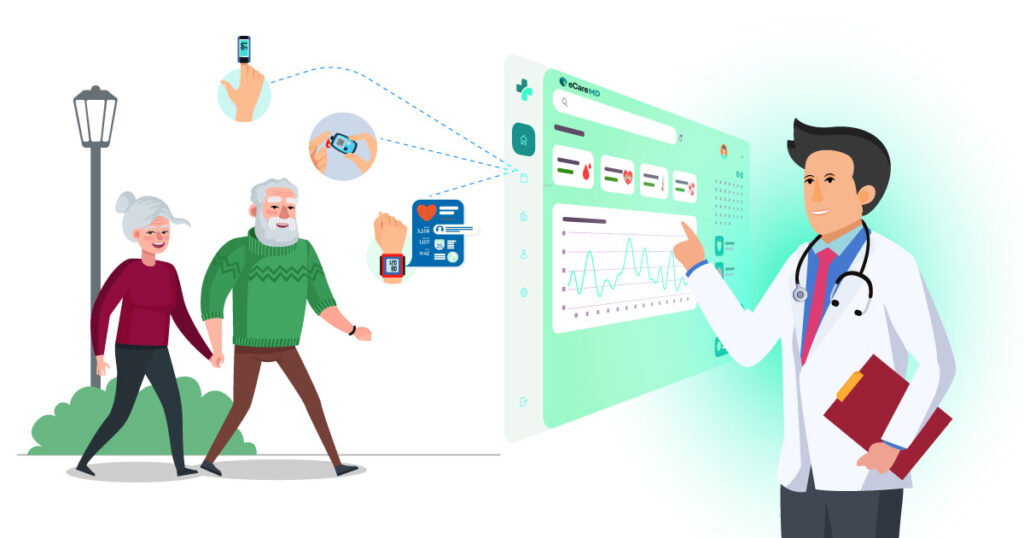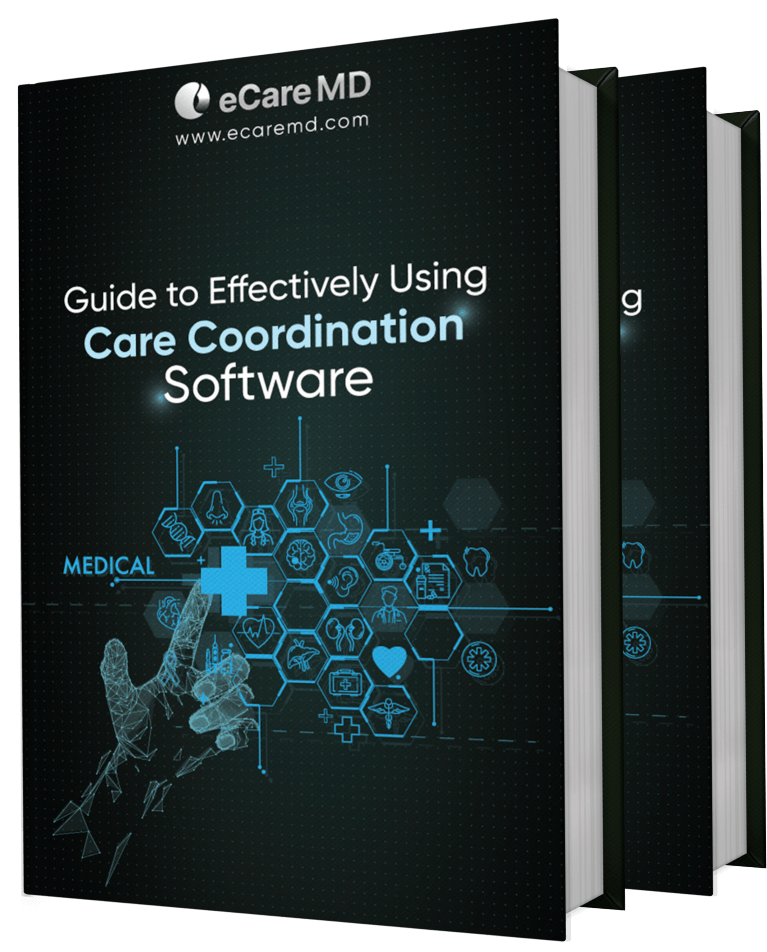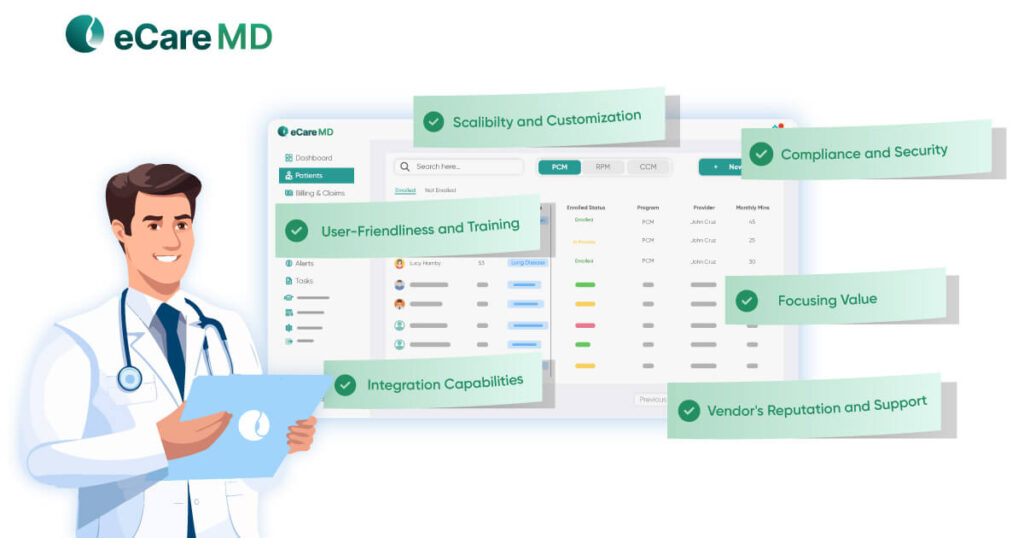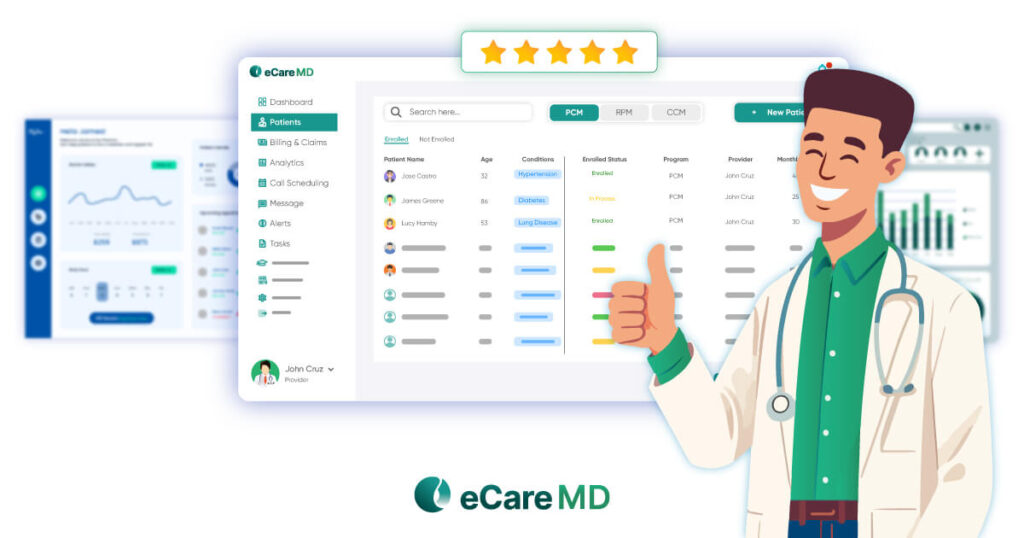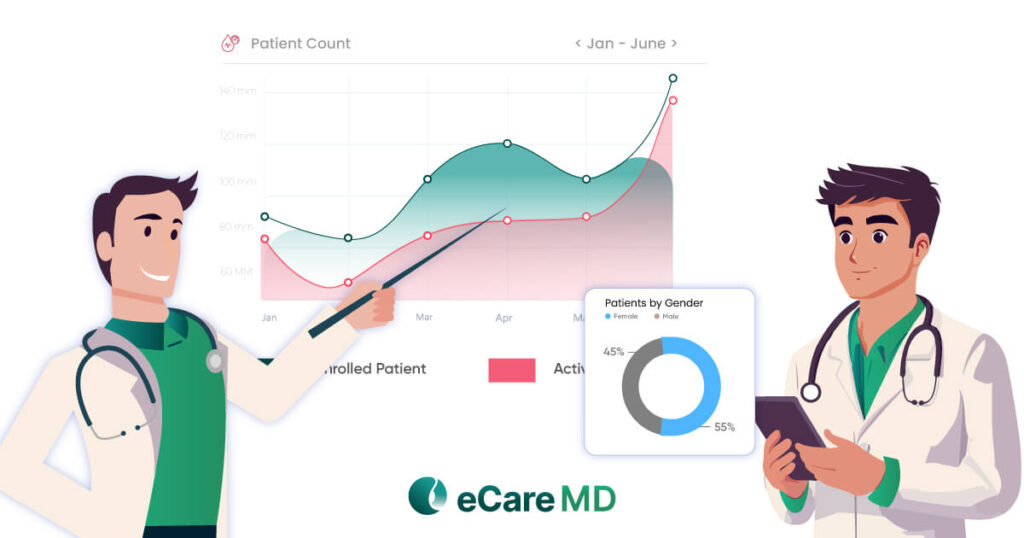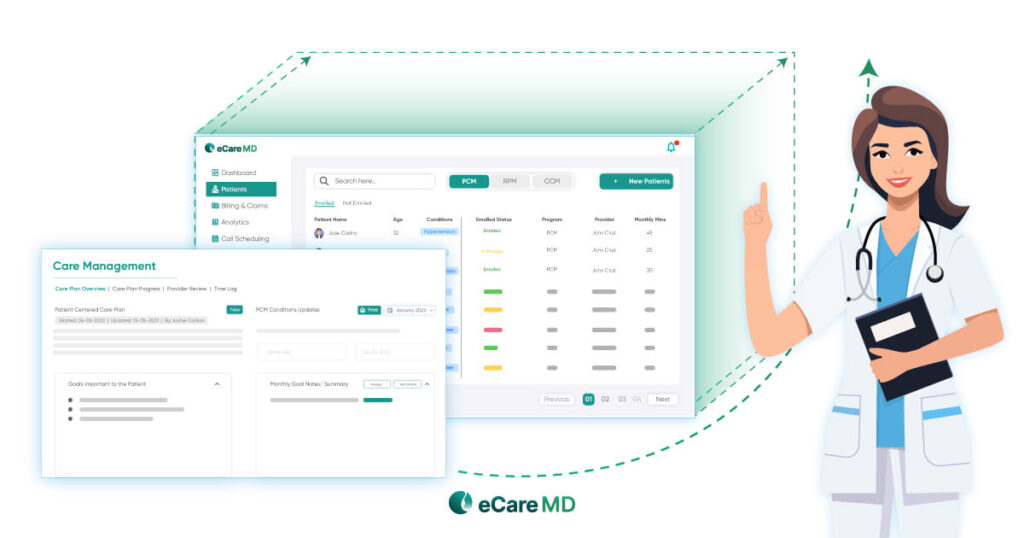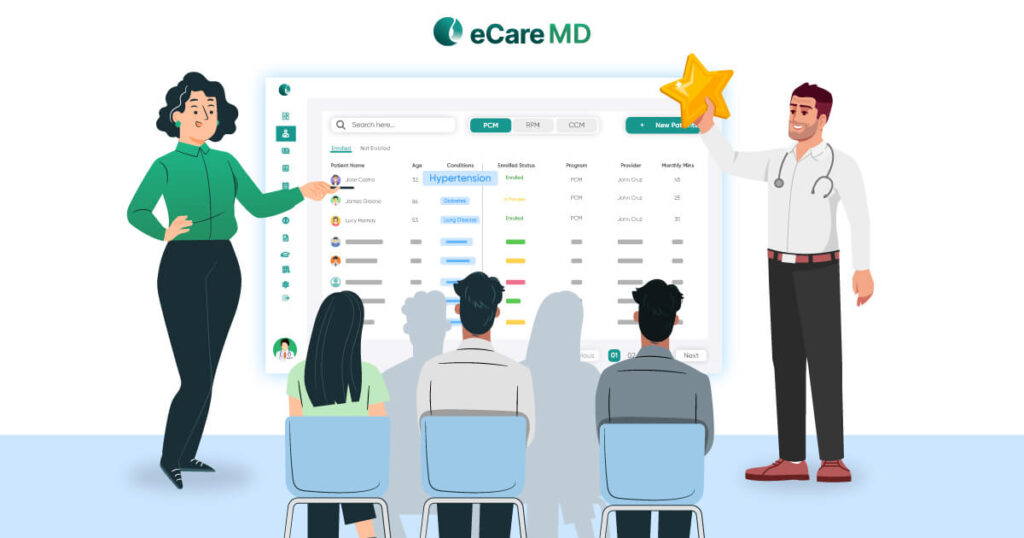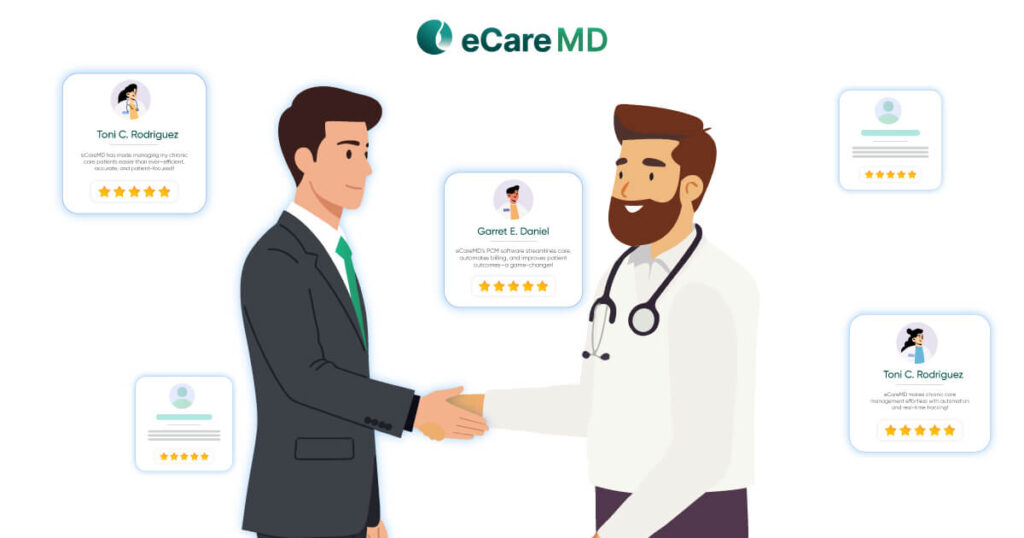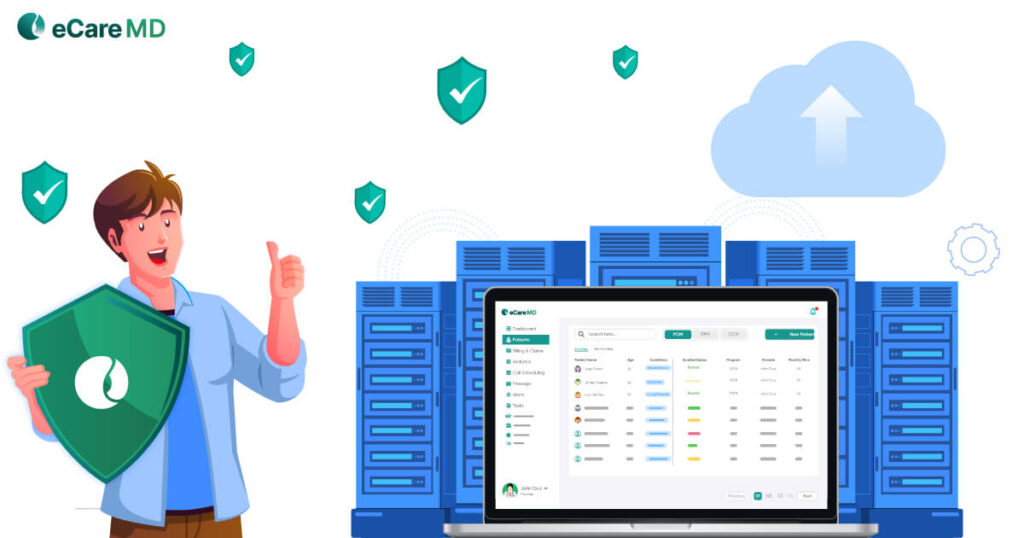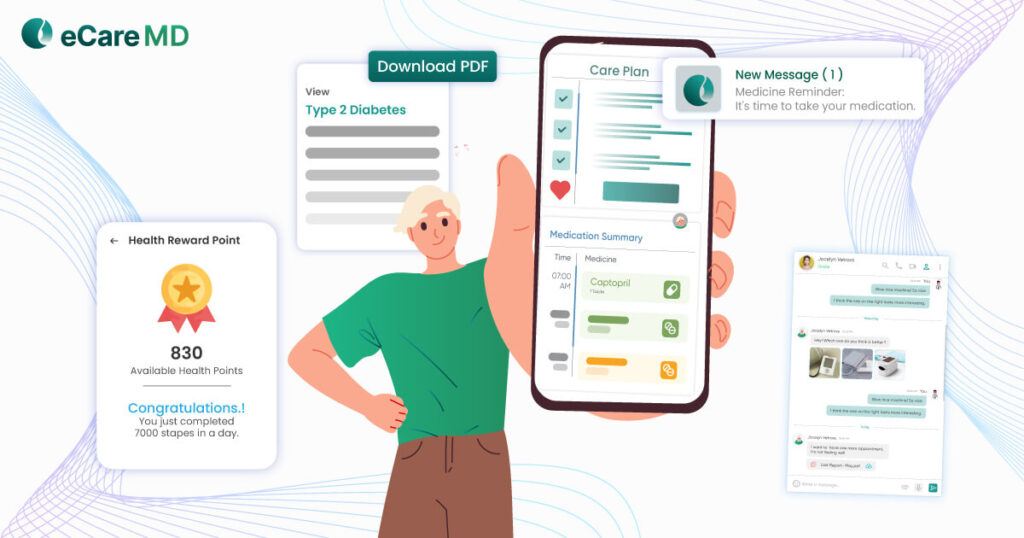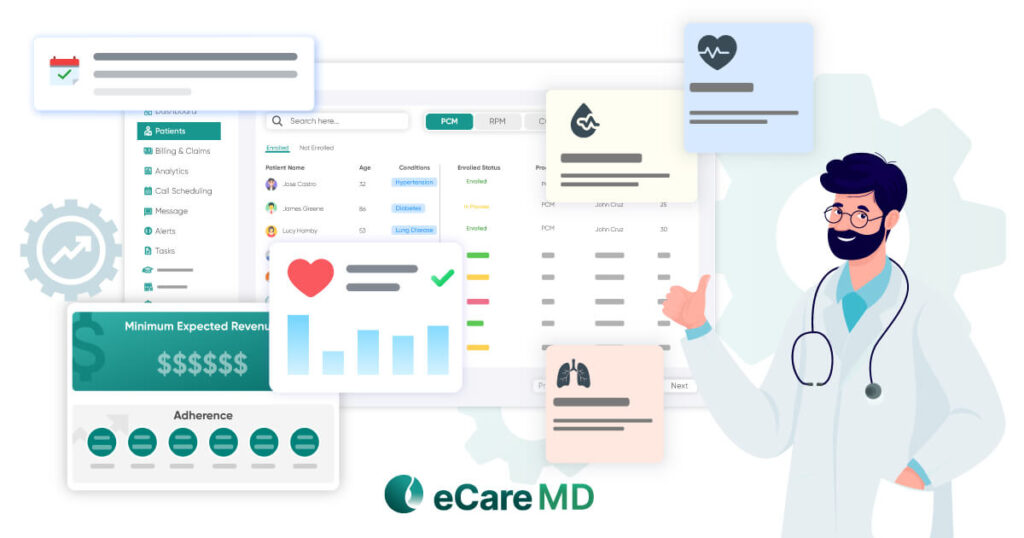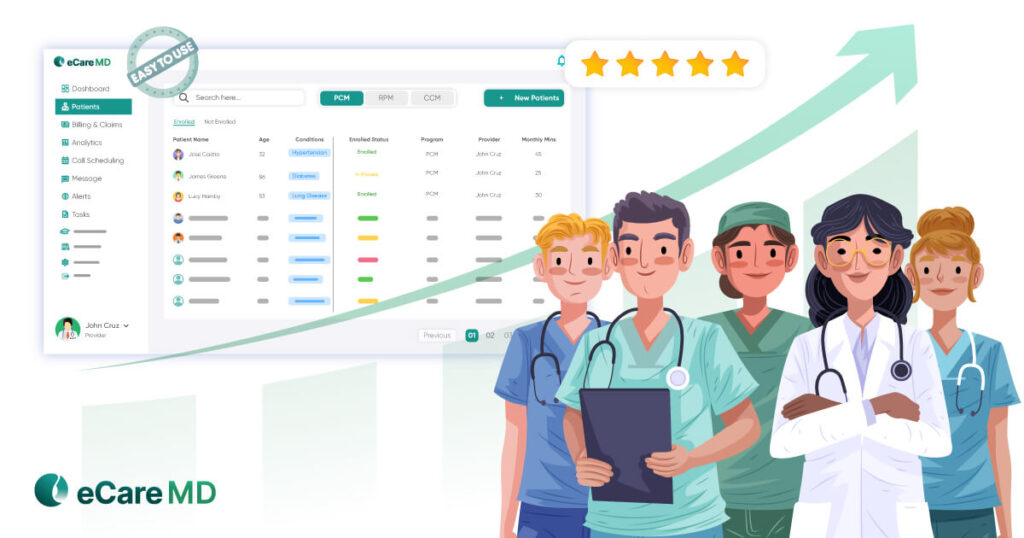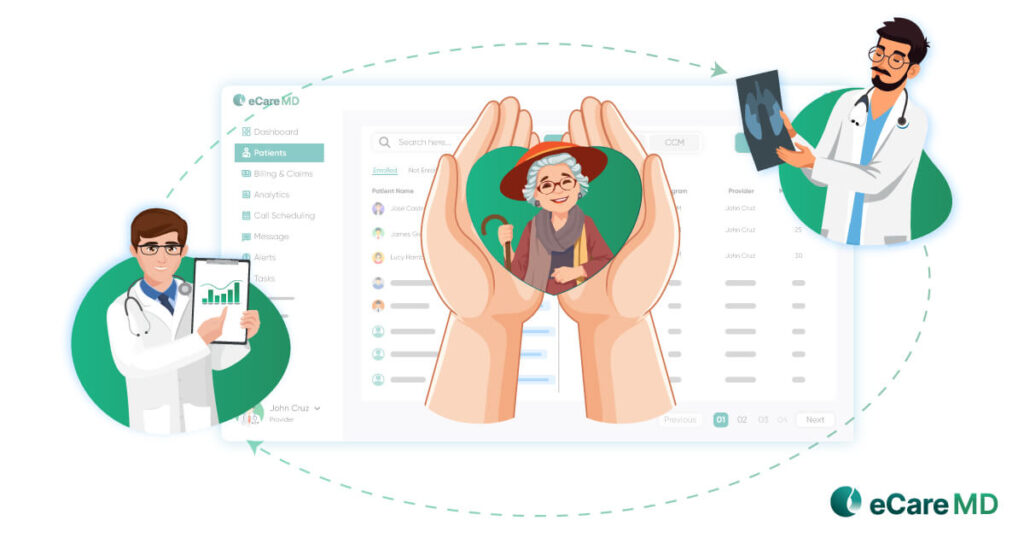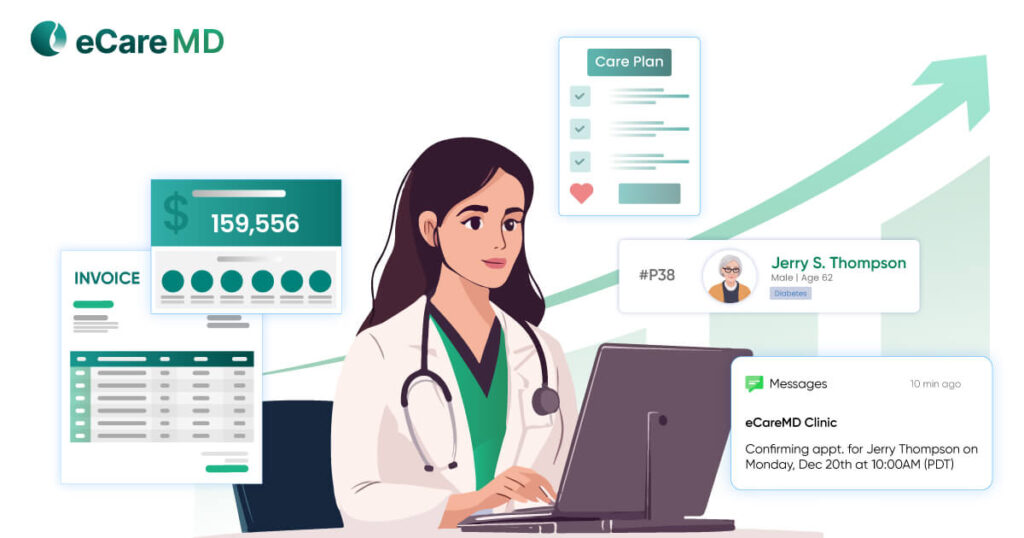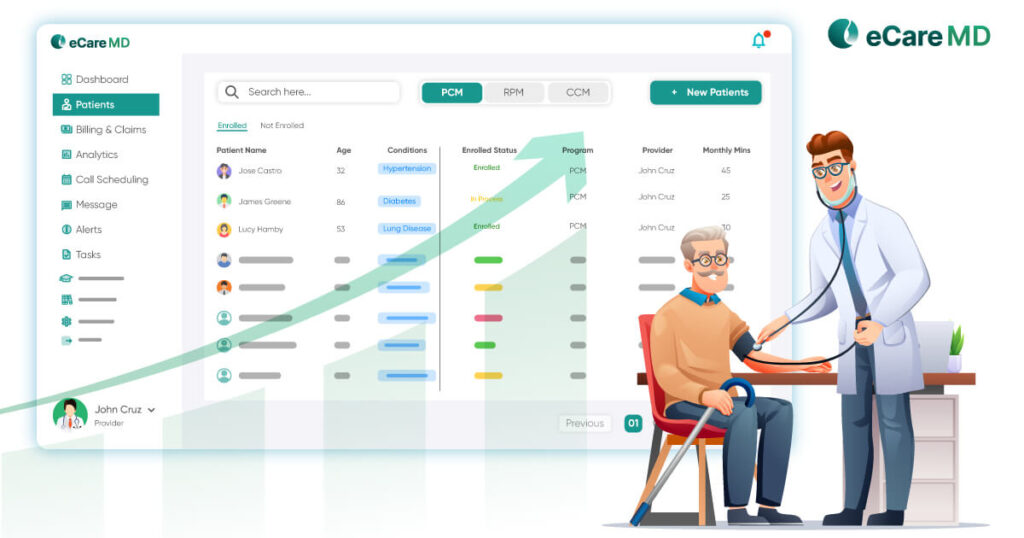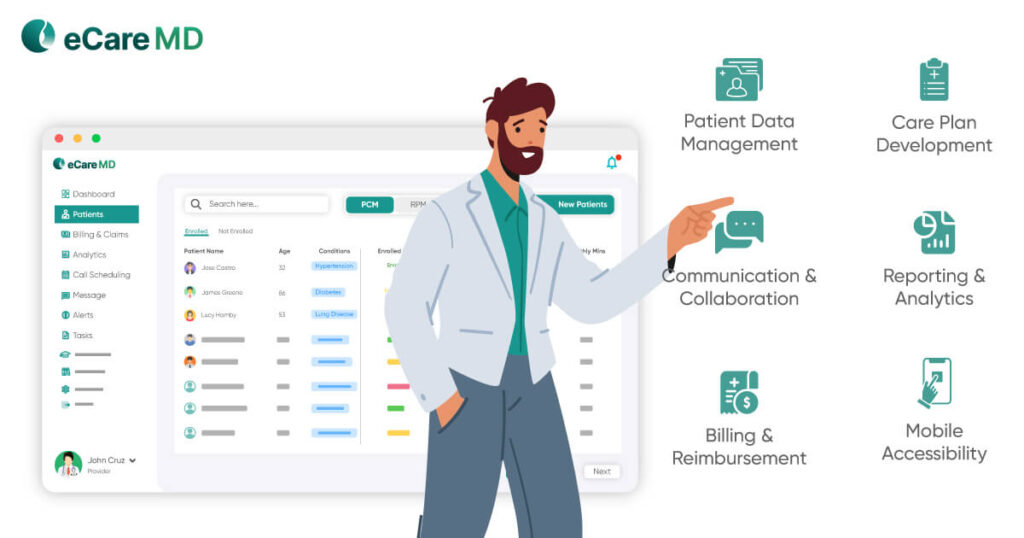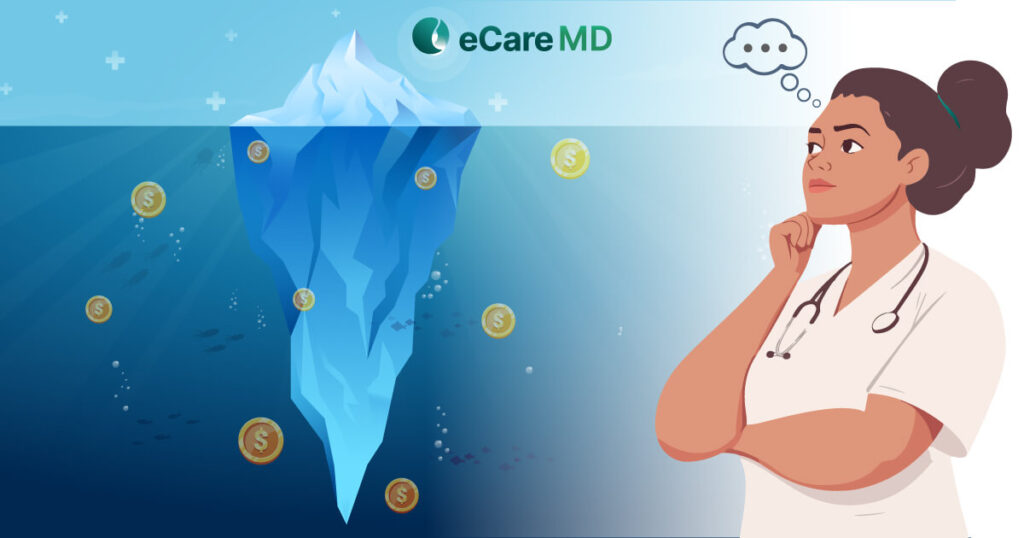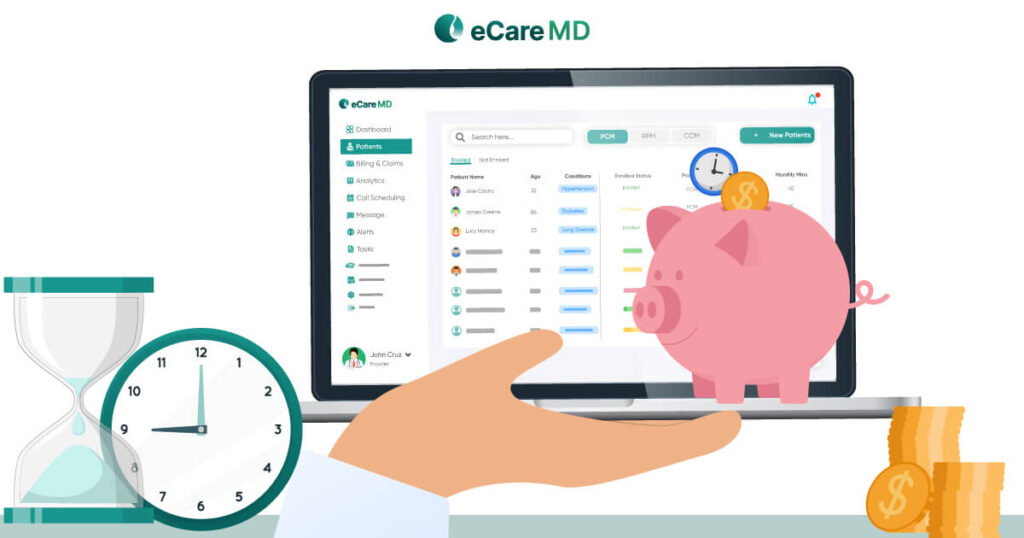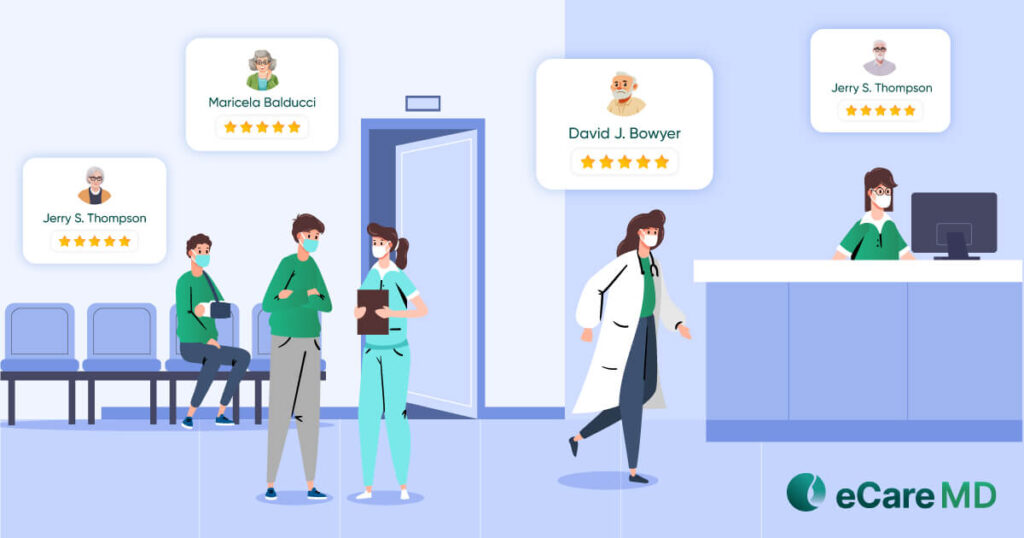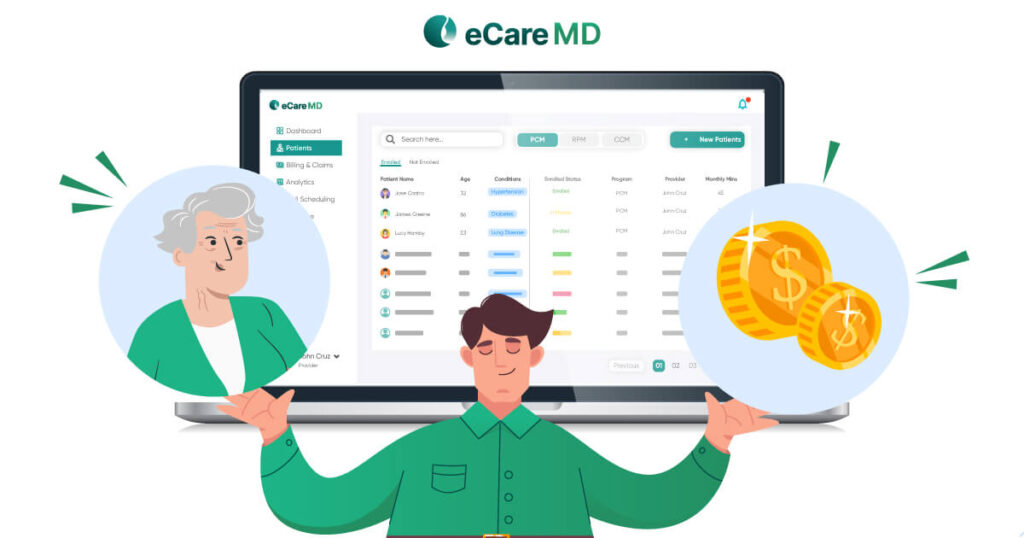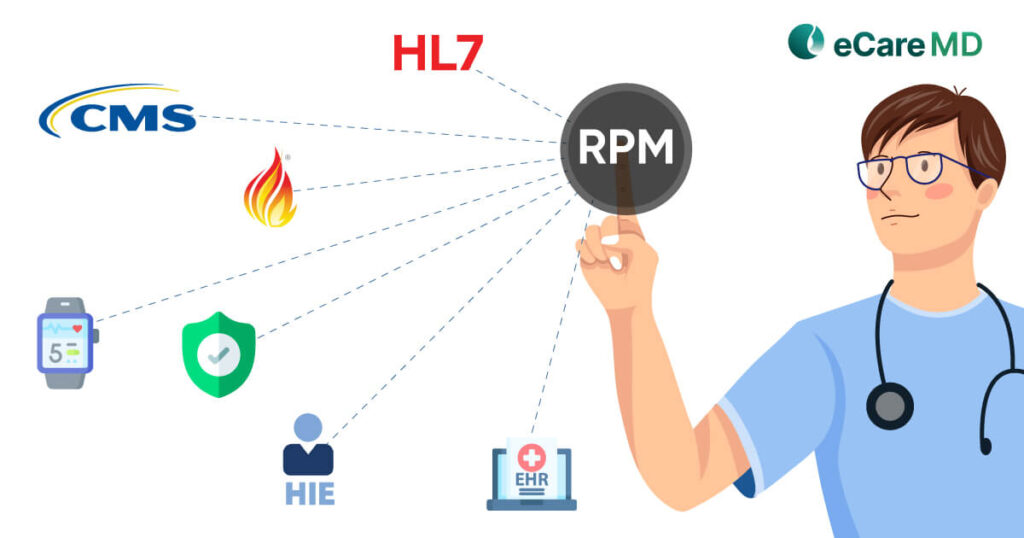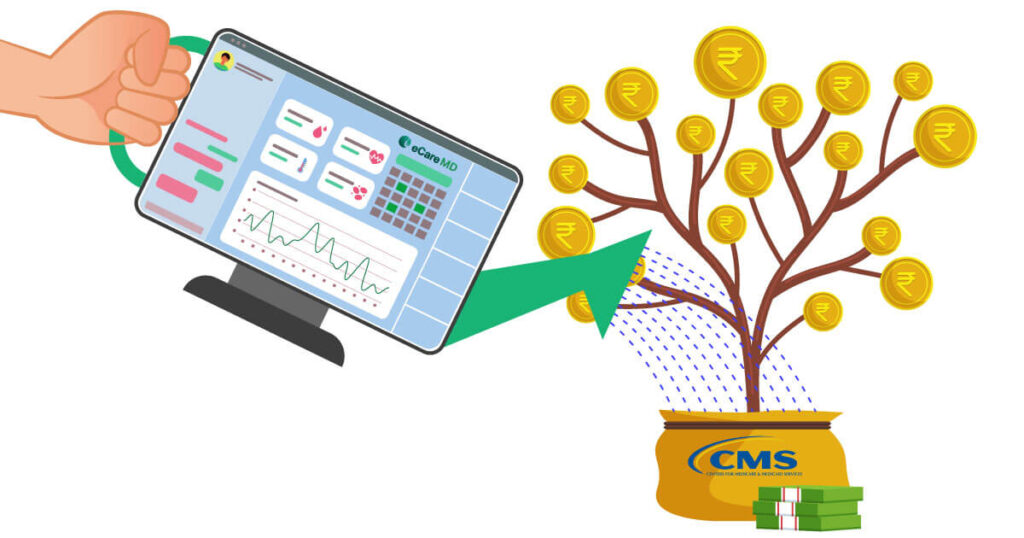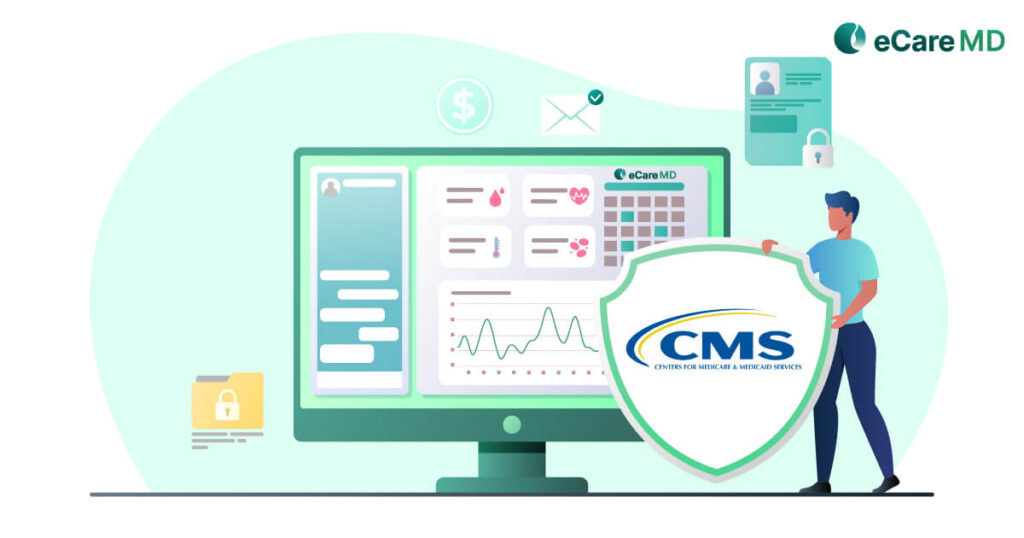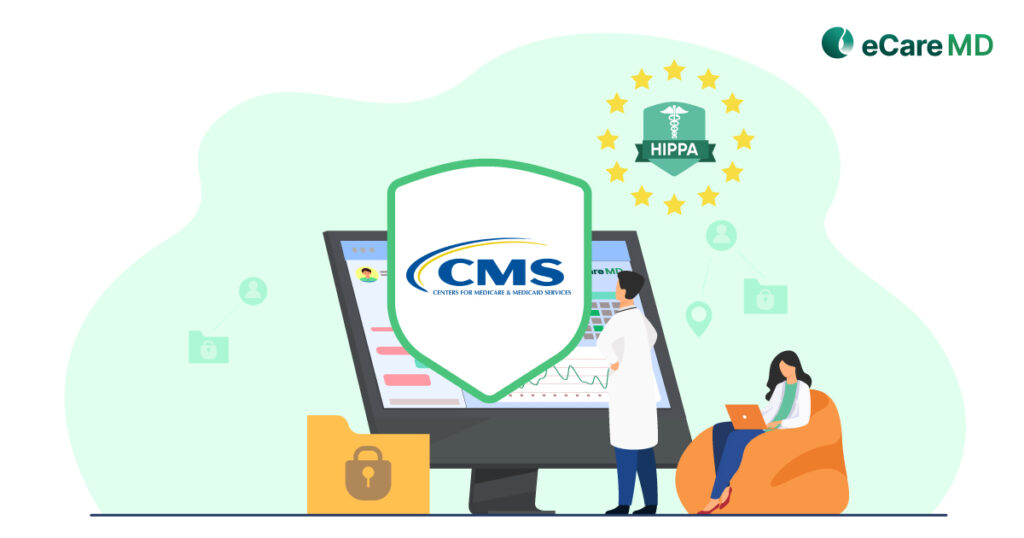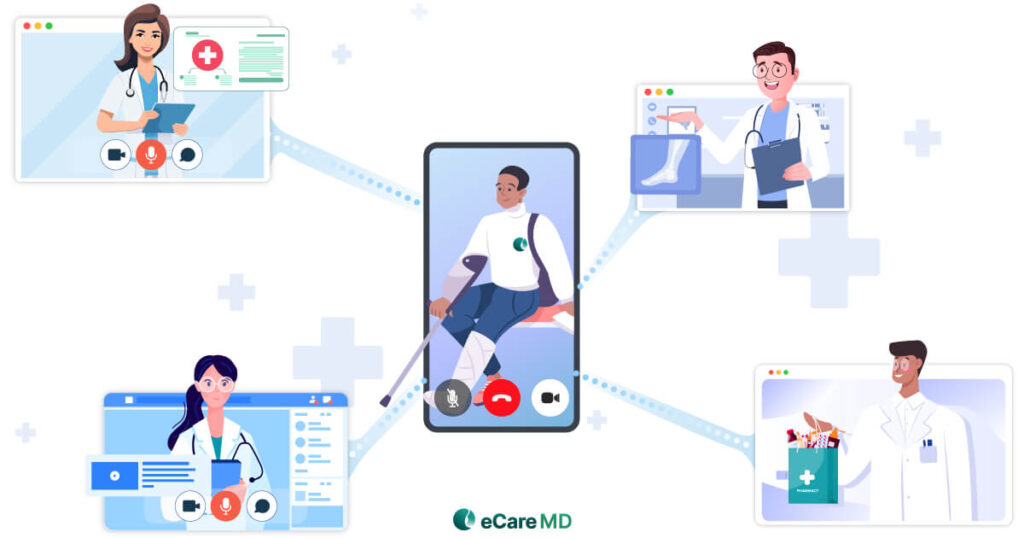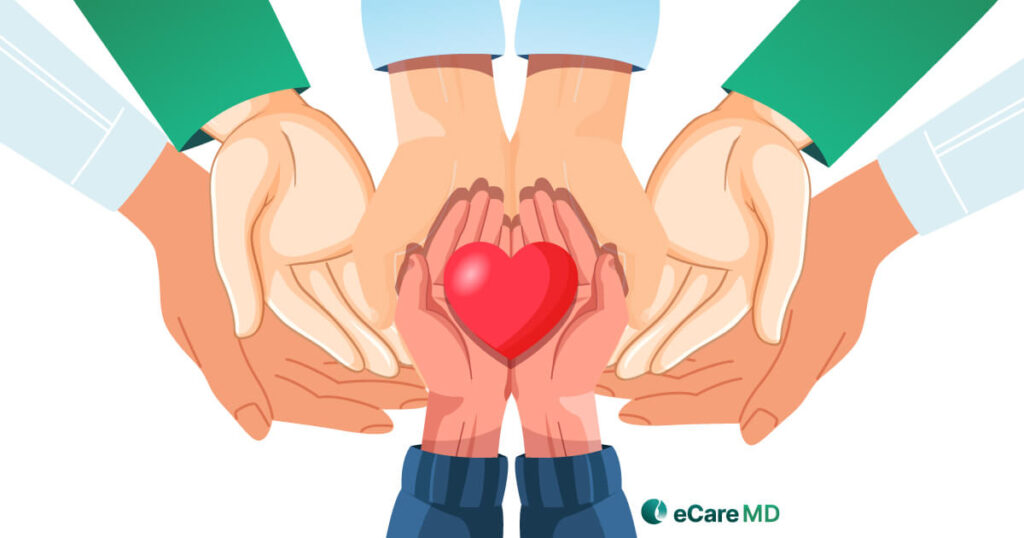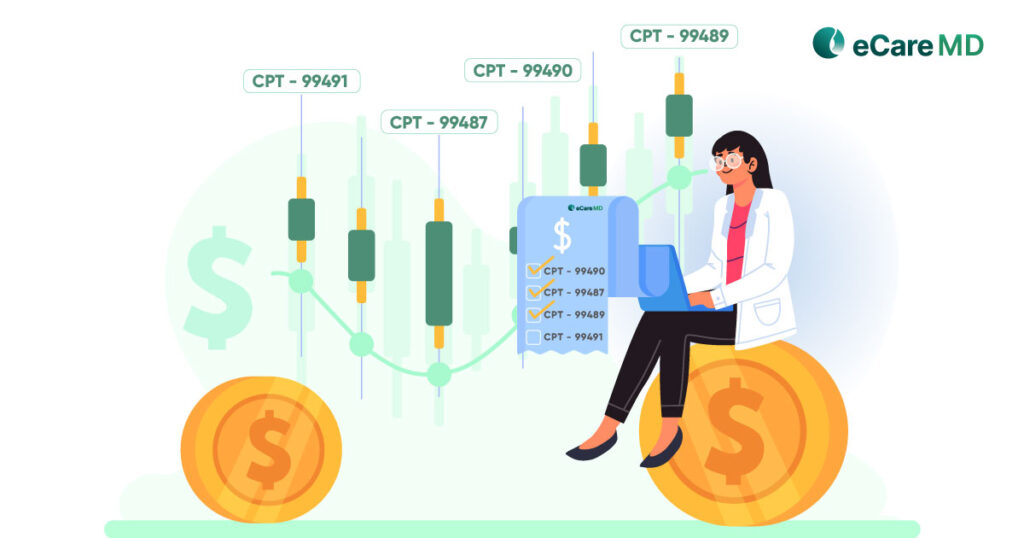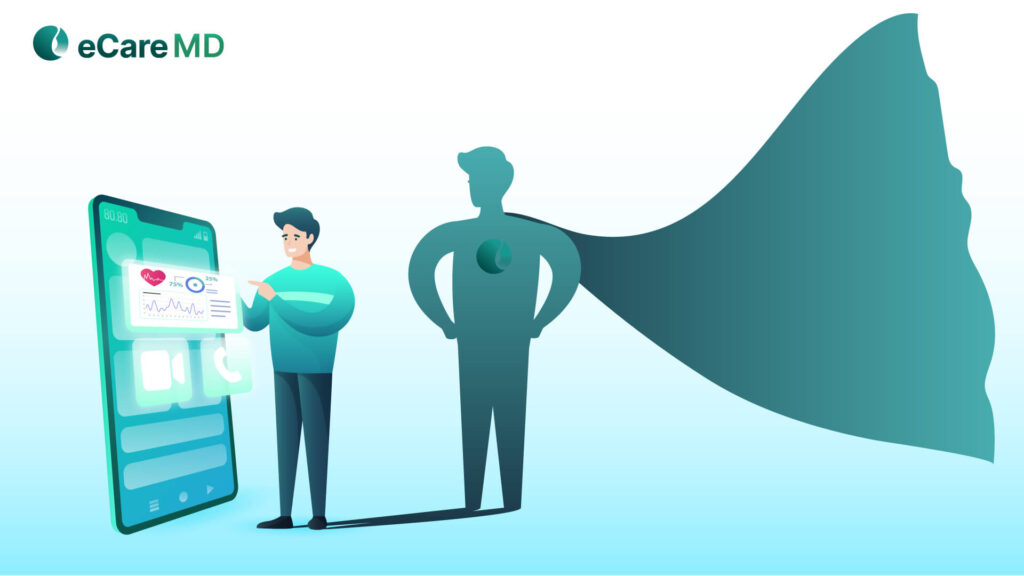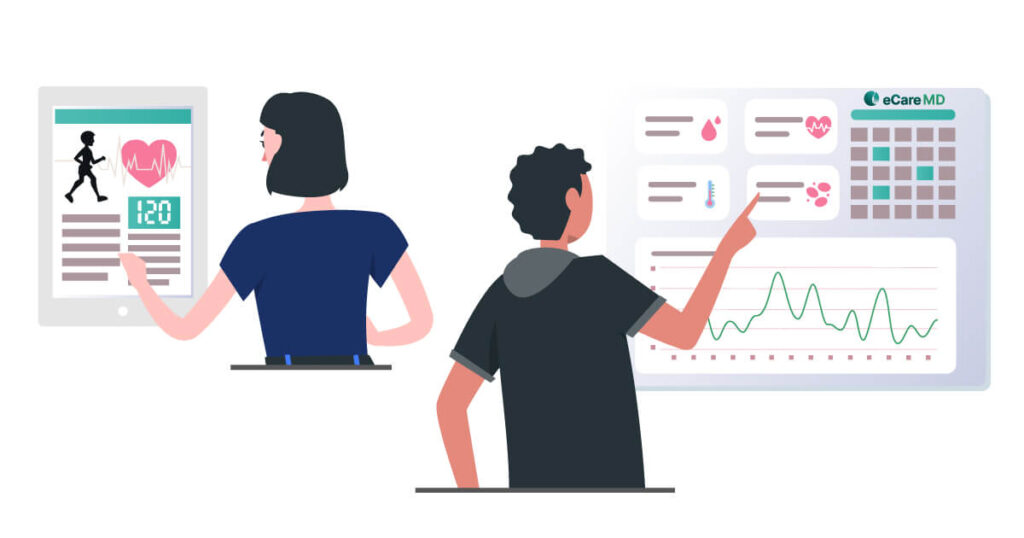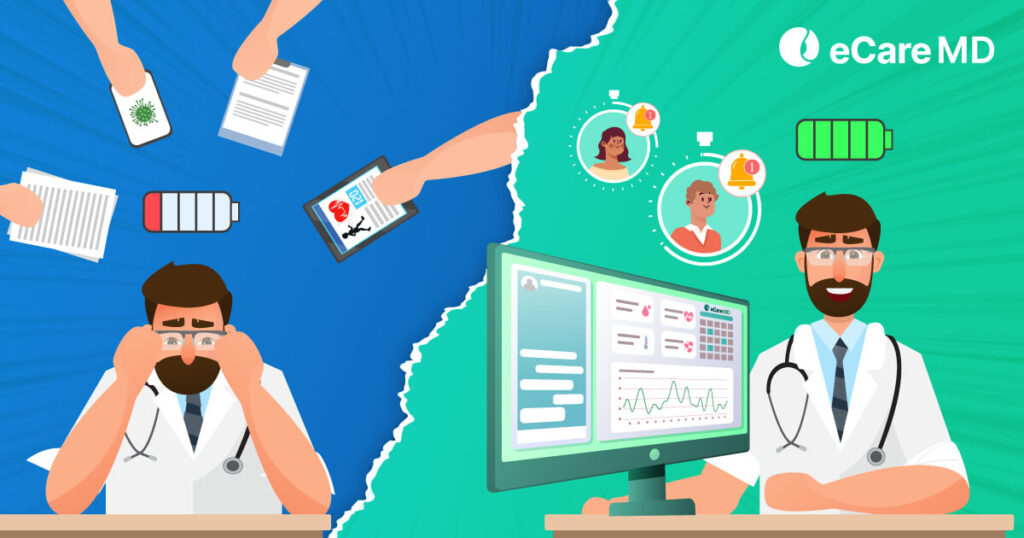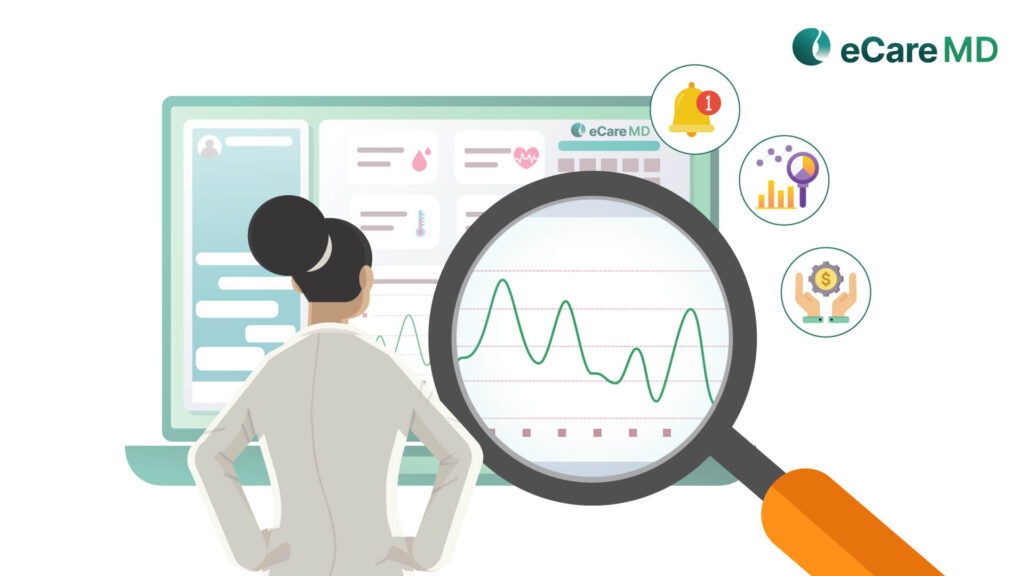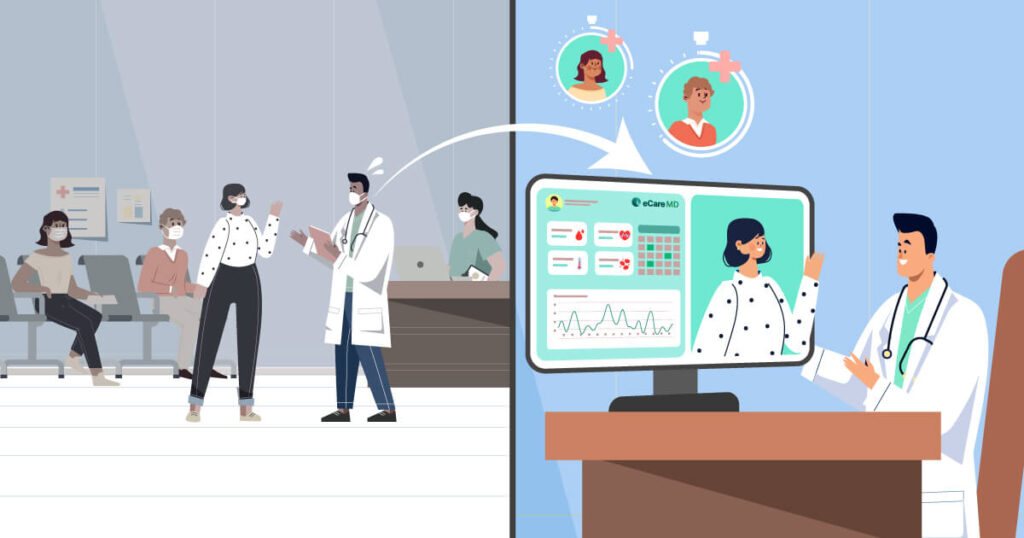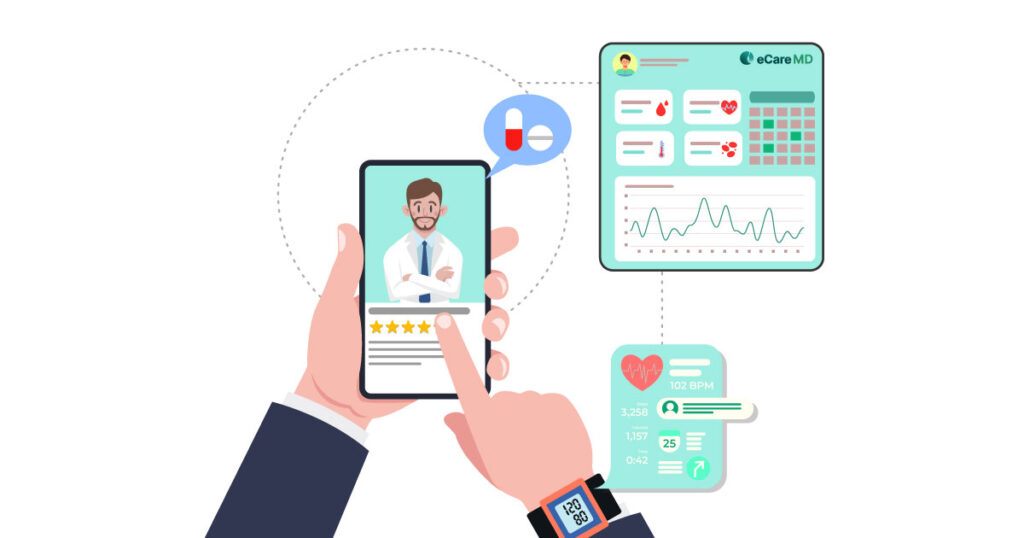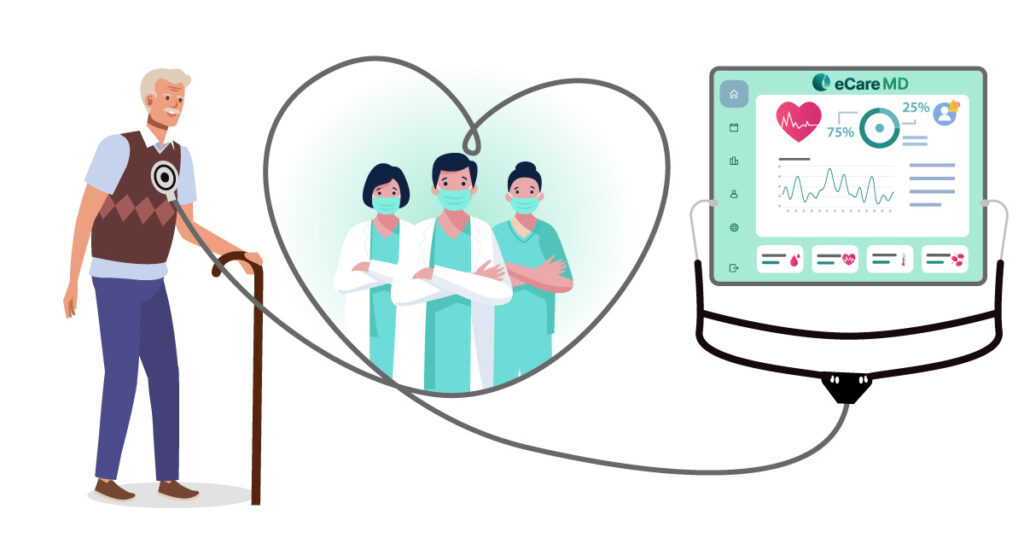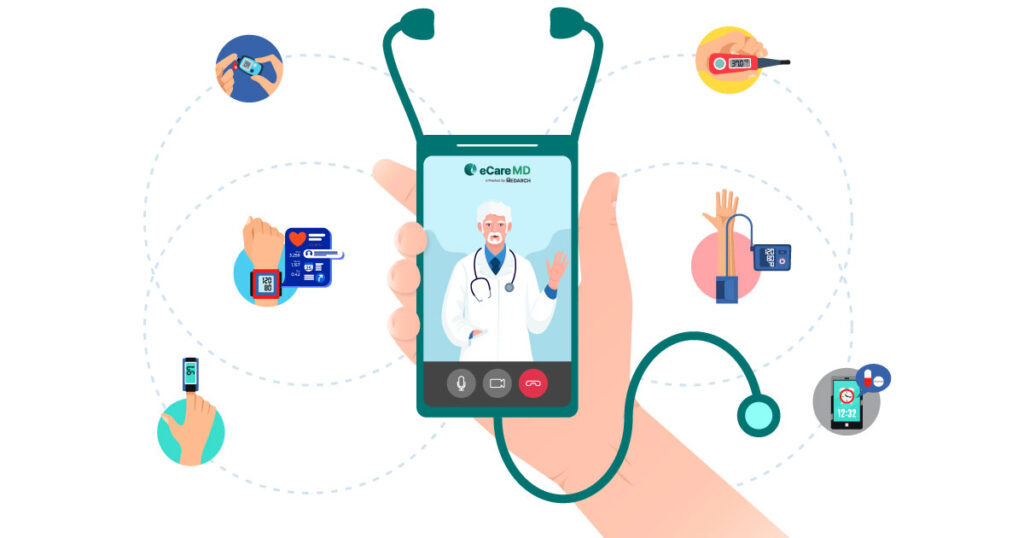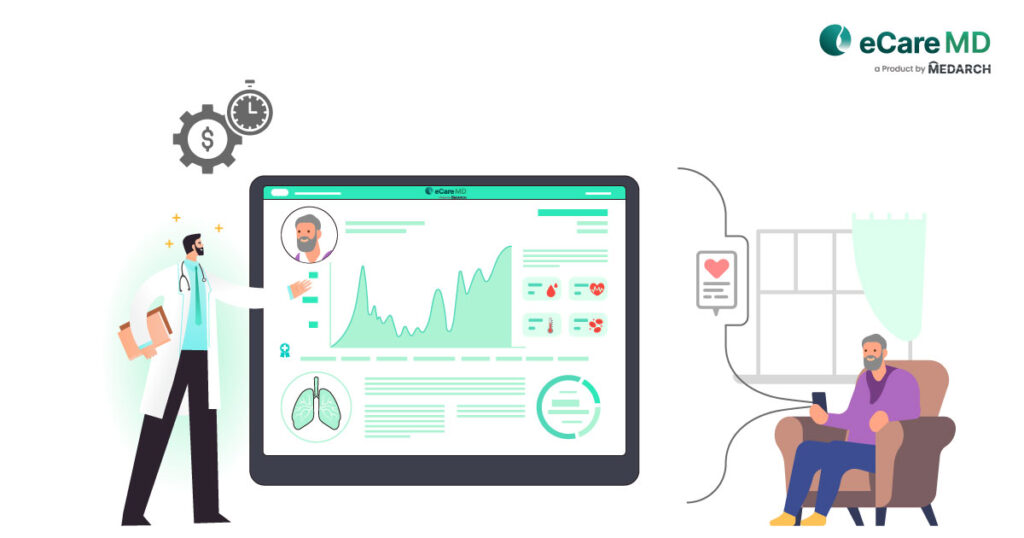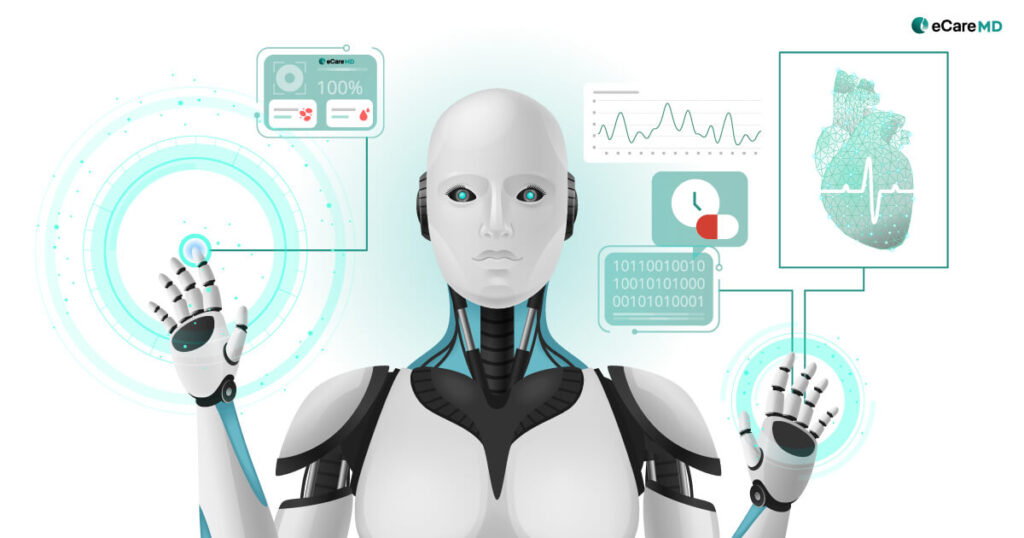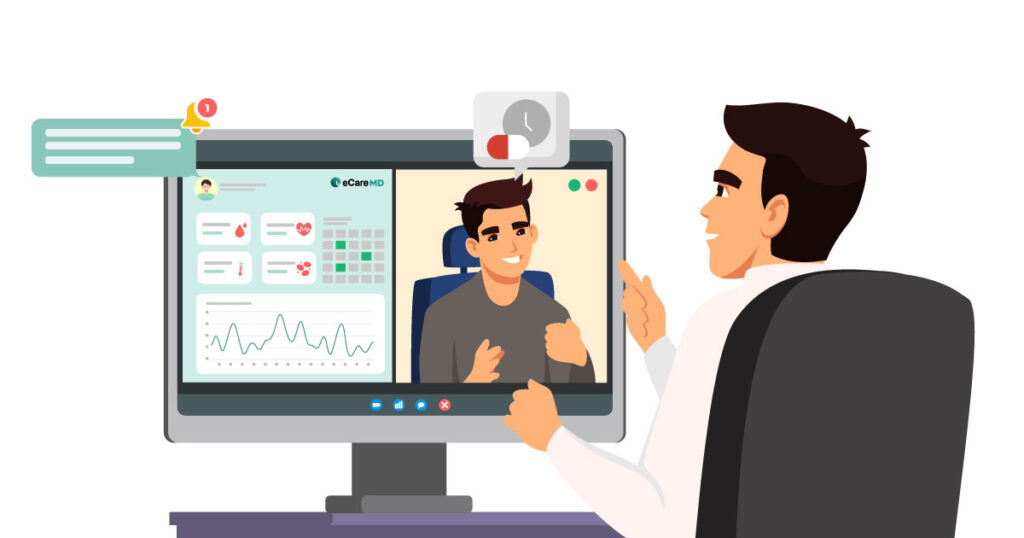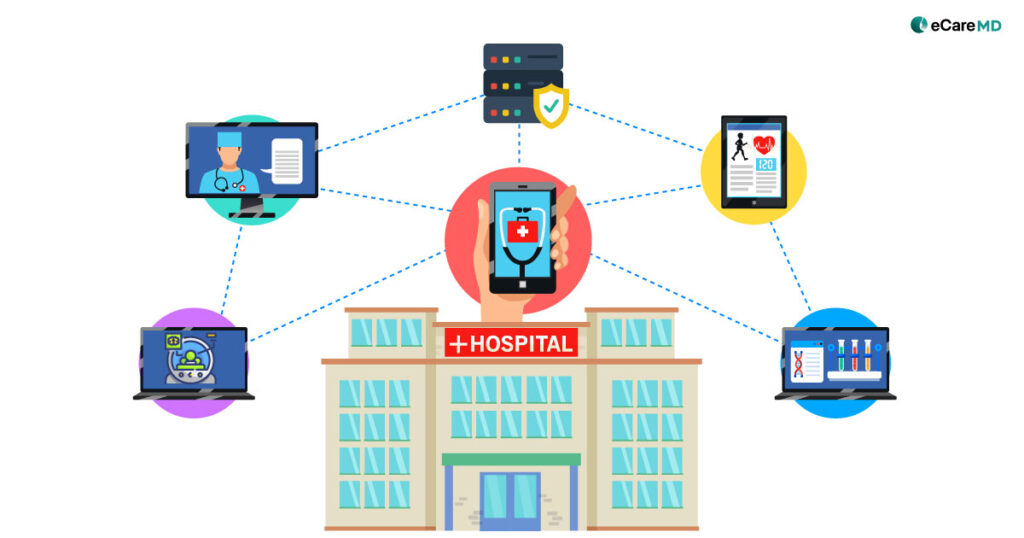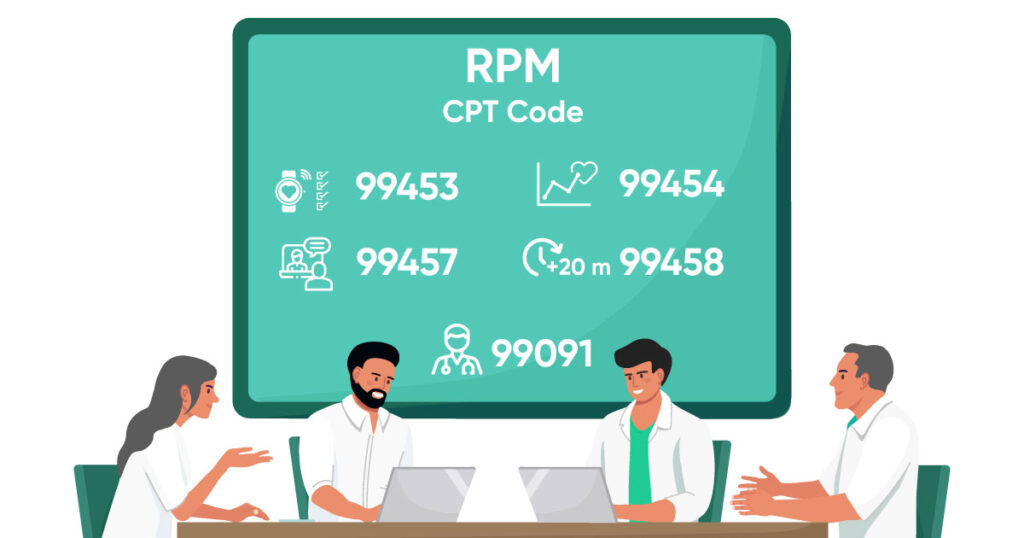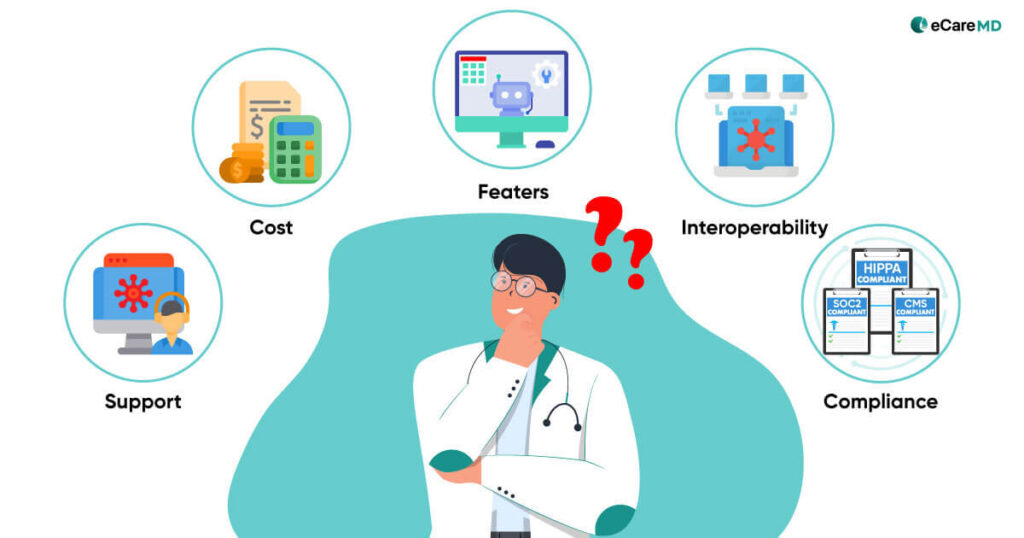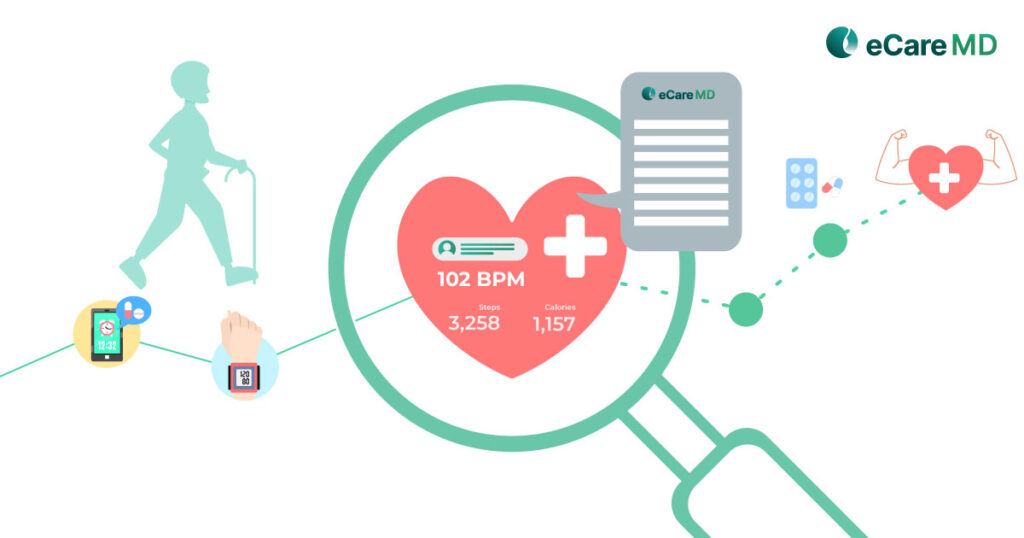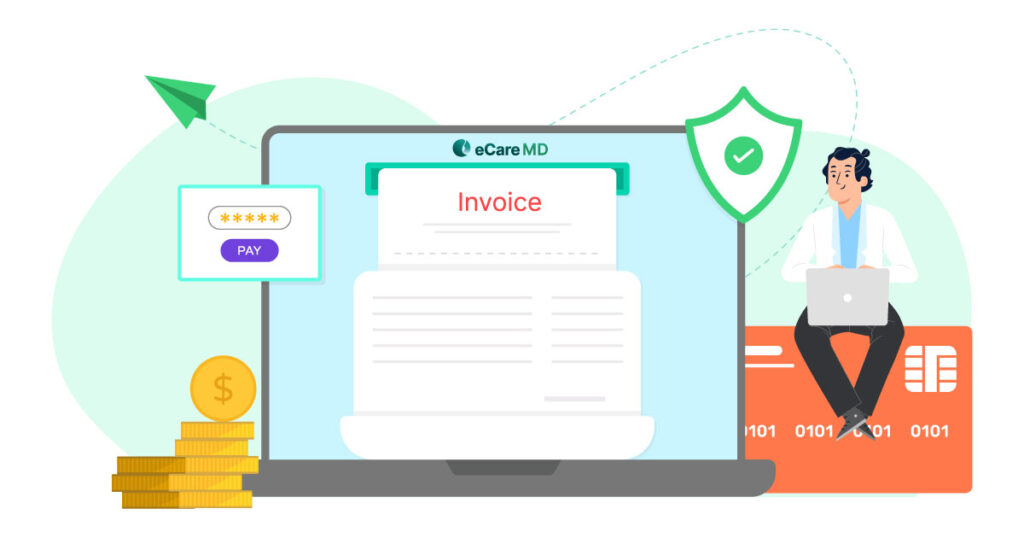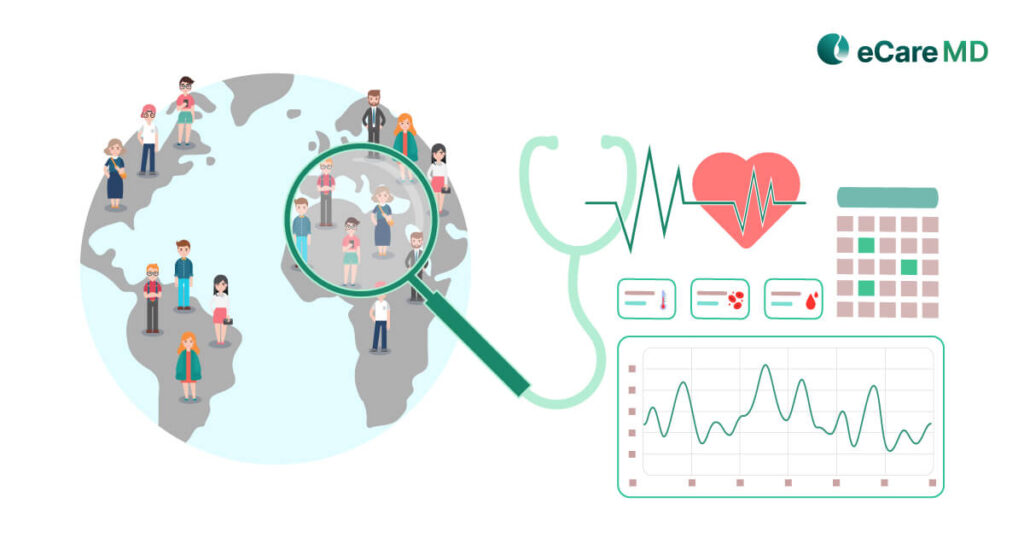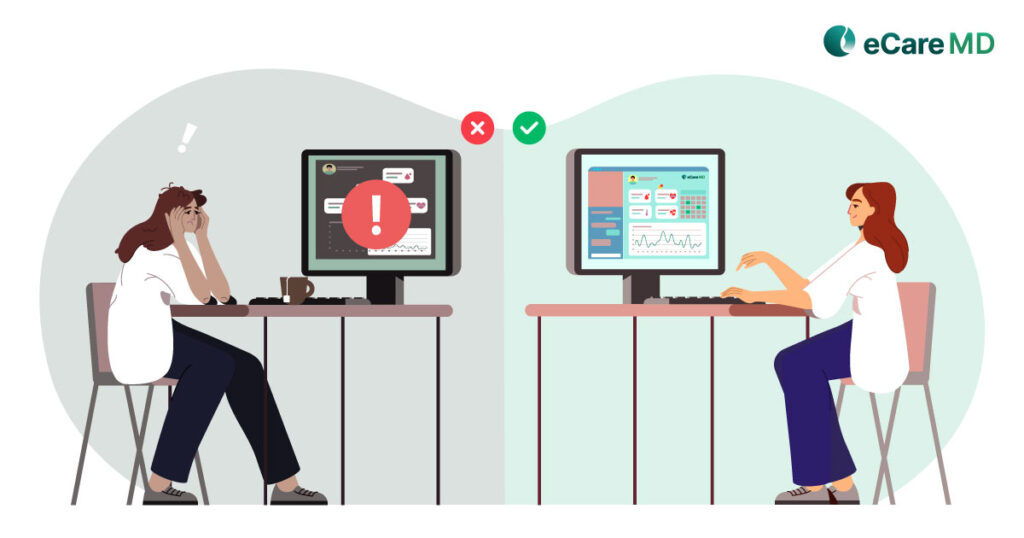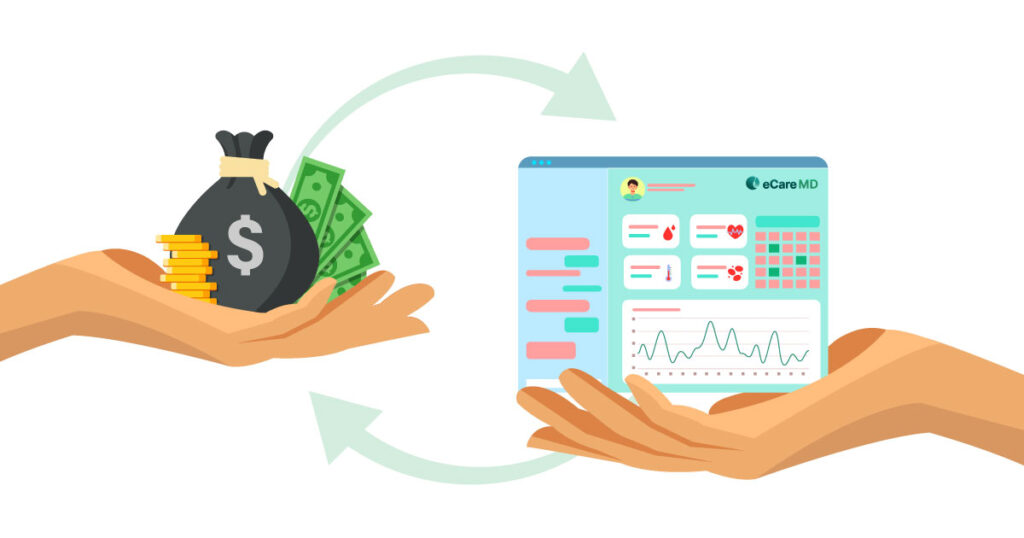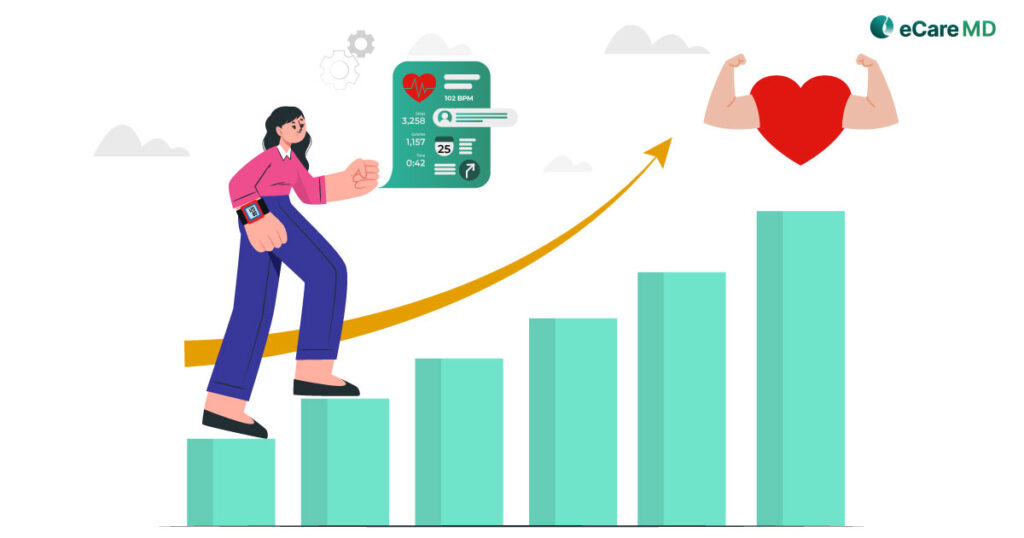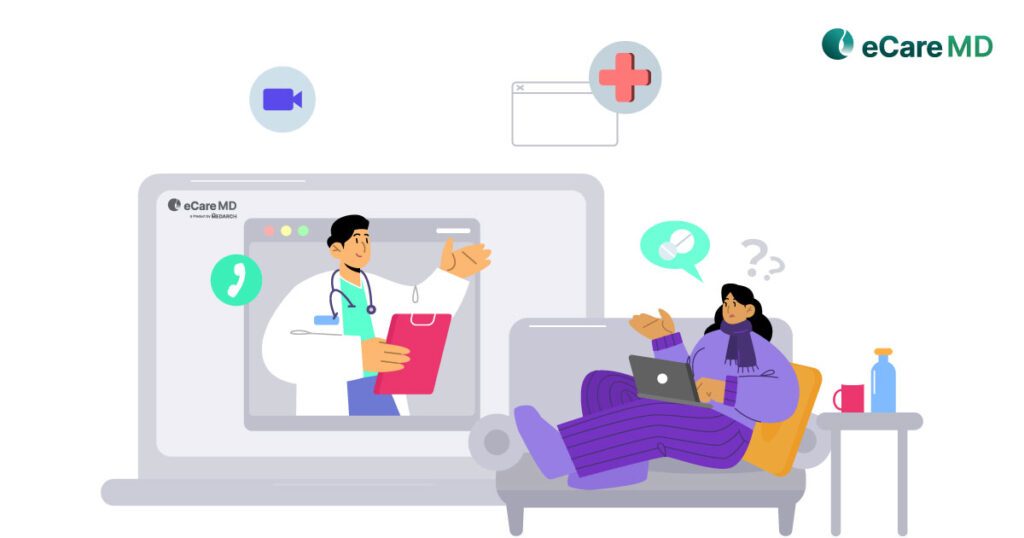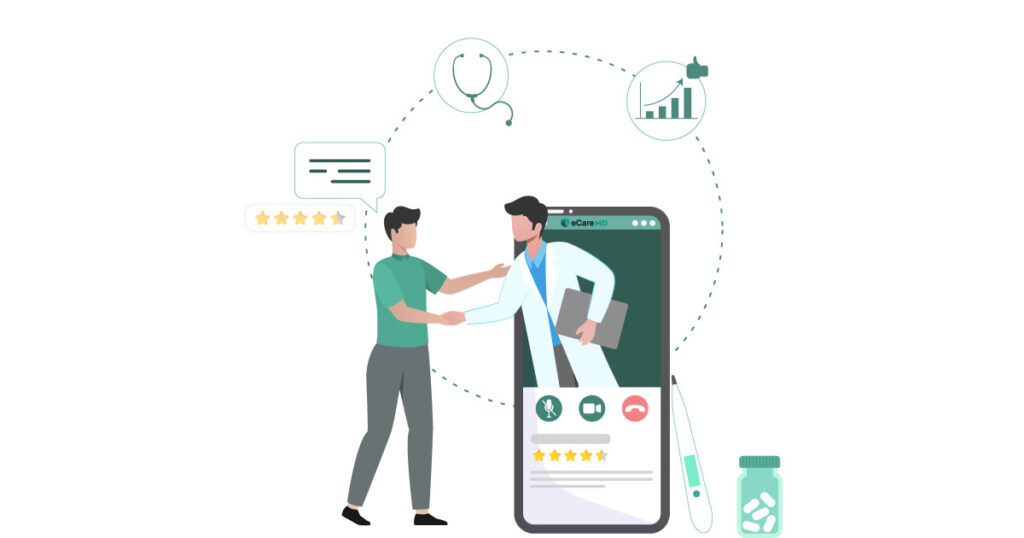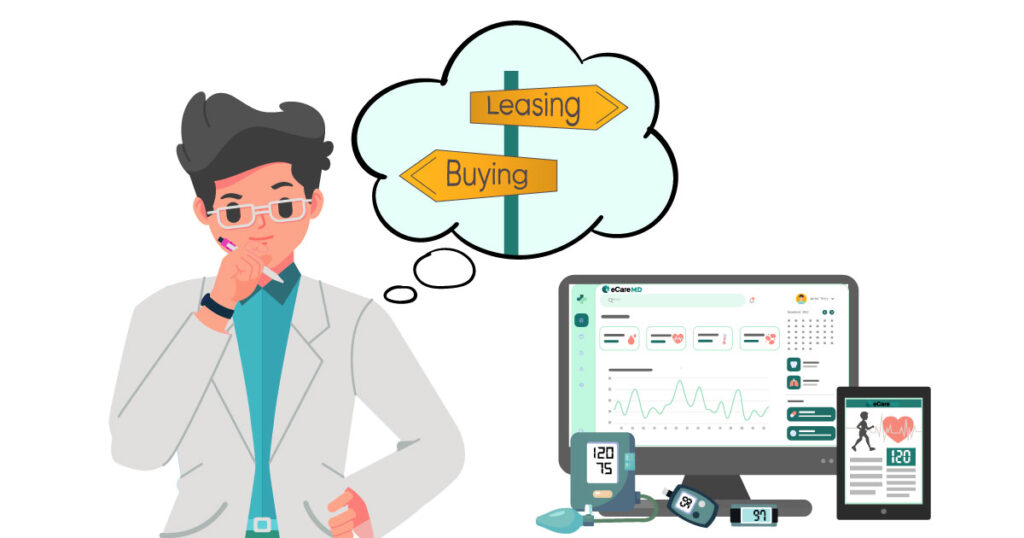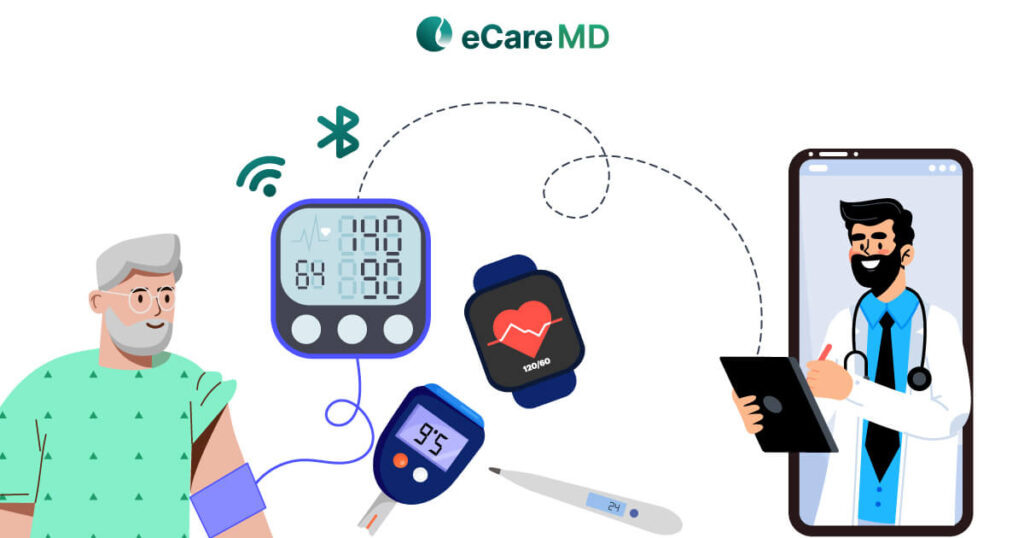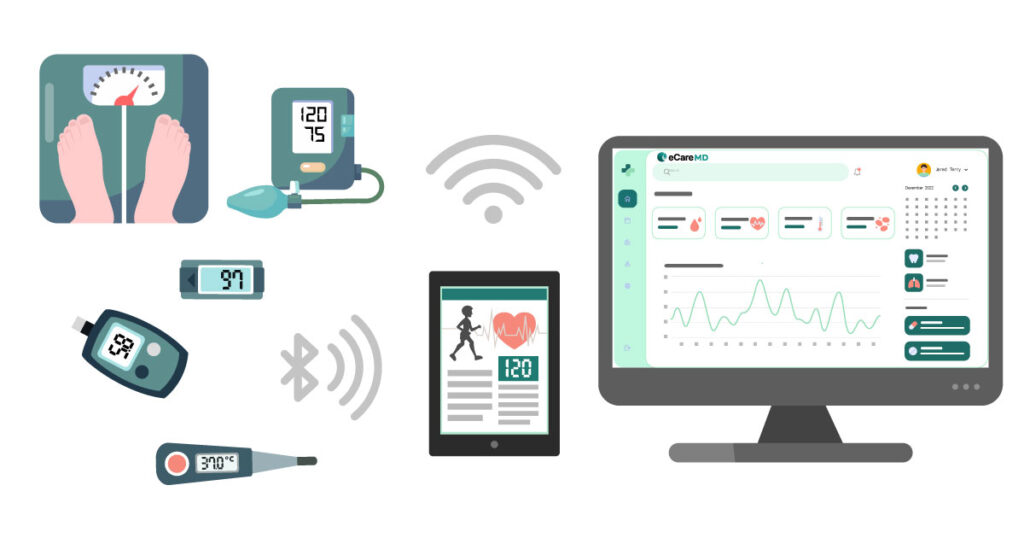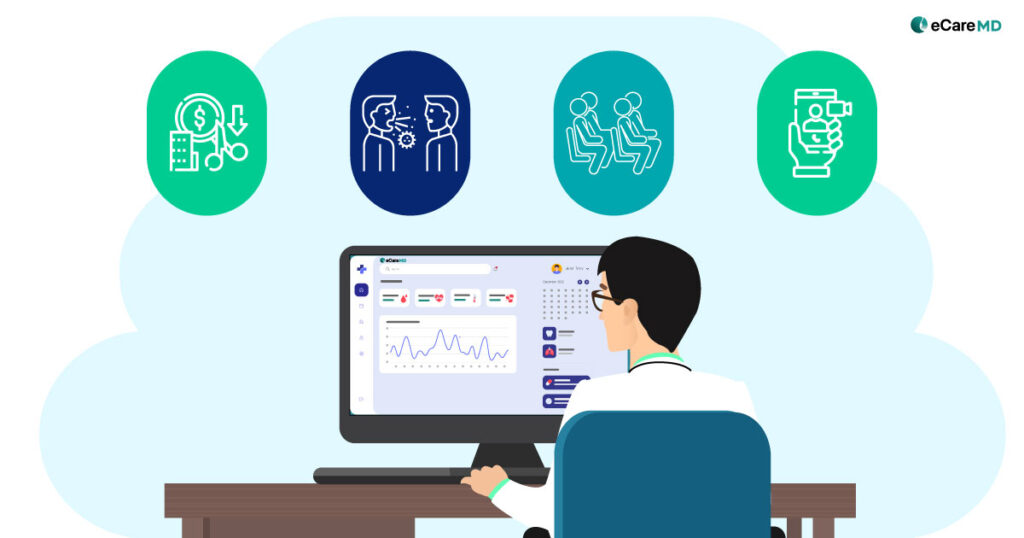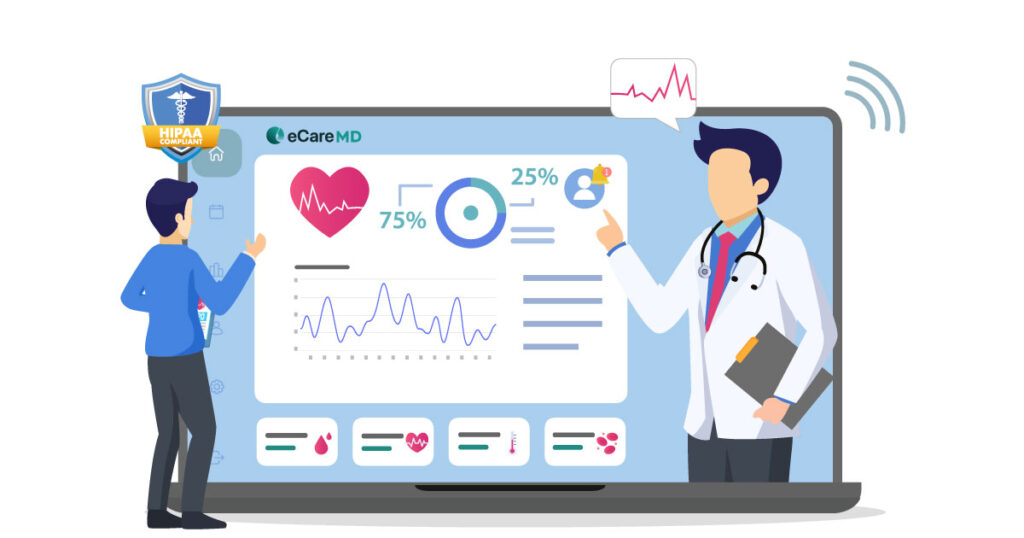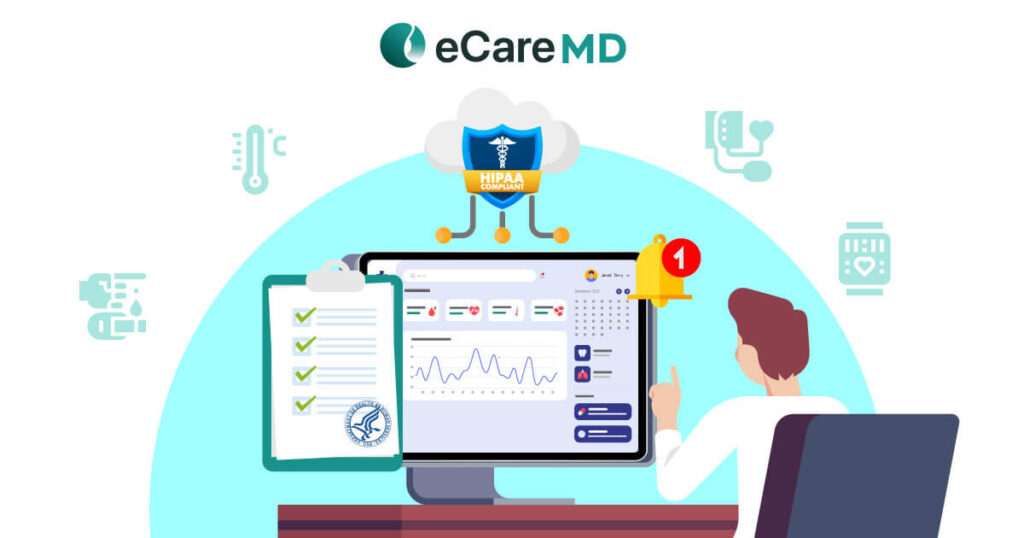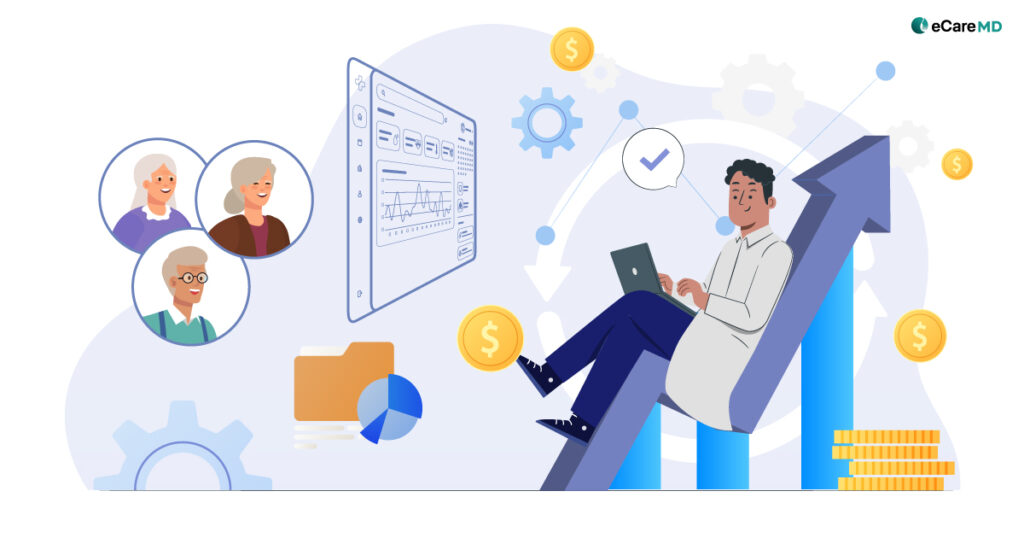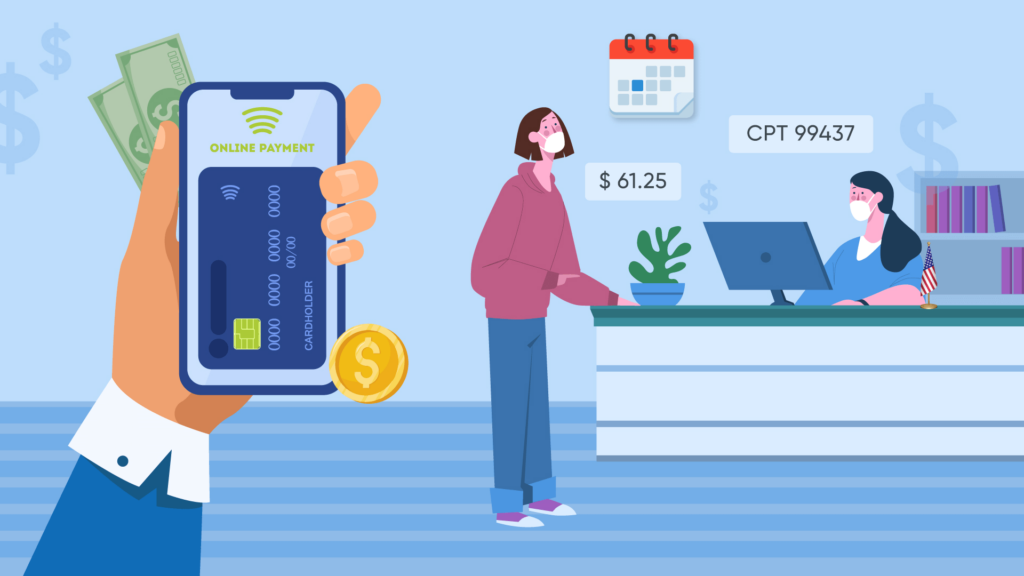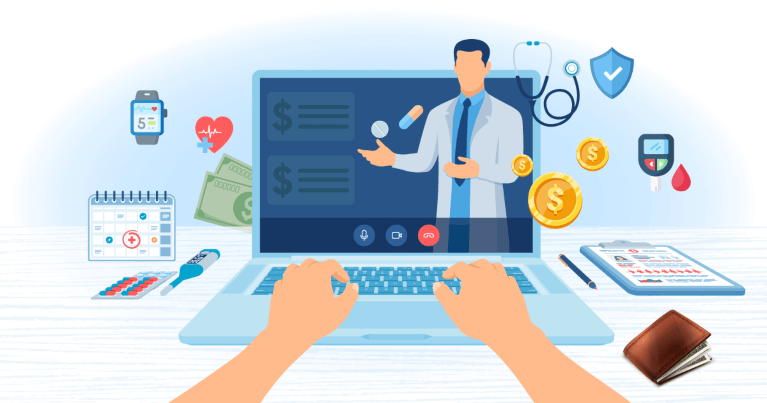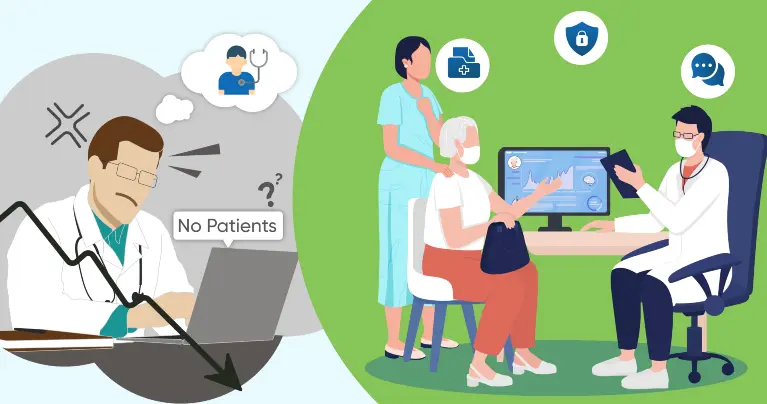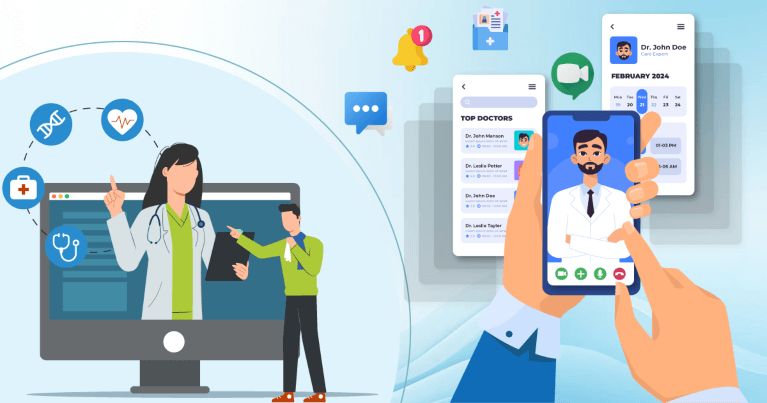Statistics from 2021 revealed that around 36% of the total deaths in the United States were due to chronic conditions. Since then, the number has increased significantly, further adding to the spending on treatment, care delivery, and death prevention.
Remote Patient Monitoring (RPM) here proved to be pivotal in care delivery and has successfully closed the gaps left behind. Today, remote patient monitoring in healthcare has become one of the crucial parts of treating chronically ill people.
Benefits of Remote Patient Monitoring
Over the last few years, due to an increase in the use of technology, remote patient monitoring has become a necessity for chronic disease management. This has been one of the major reasons for healthcare practices to start remote patient monitoring programs. But before starting the implementation process, you should know the benefits of remote patient monitoring.
1. Complexity of CCM Requirements
Remote patient monitoring for chronic patients streamlines most of the processes and provides insightful data about their health to enhance preventive care. The insightful data contributes to easily identifying unique health trends and patterns to detect health concerns early. This gives healthcare providers enough time to avoid complications and get the health back on track.
Furthermore, even the patients can keep track of their health, bringing transparency to the care delivery process. This indirectly increases their medication adherence, and with continuous monitoring, the dedicated care team can manage health conditions with ease. As stats suggest, hospitals have seen around 8% reduction in hospital readmission rates within just 30 days of the implementation of the RPM program.
2. Enhanced Patient Engagement
Remote patient monitoring data security measures provide a sense of security, and with continuous monitoring features, patients can proactively participate in their care activities. This directly improves patient-provider communication, leading to better coordination with healthcare providers.
Download Free eBook - Trips & Tricks to Increase Patient Engagement with RPM System
Download now3. Streamlined Healthcare Delivery
One of the major benefits of remote patient monitoring in healthcare is that it streamlines the healthcare delivery process of the practice with the right implementation. With better insights into patient health, the administrative staff can better manage their resources like beds and shift the focus to more serious patients.
RPM also helps in reducing healthcare costs through enhanced preventive care and early interventions. Along with that, since it enables remote care delivery, it improves the accessibility for patients in remote locations, removing the geographical barriers to accessibility in healthcare.
Application of RPM
By its name, definition, and benefits, you must have guessed, remote patient monitoring in healthcare is a part of virtual care delivery. This means it can be embedded into a particular section of healthcare, which is virtual care delivery. So, let’s have a look into the possible application of remote patient monitoring in healthcare that you care start:
1. Chronic Disease Management: Treatment for chronic conditions is typically long and requires continuous monitoring. That is the reason why the Center for Medicare and Medicaid Services (CMS) allows CCM service providers to bill RPM services even once. Chronic diseases typically include diabetes, heart disease, COPD, anxiety, depression, etc.
2. Post-surgical Monitoring: It is a common practice in healthcare to monitor patients after surgery. This causes some complications in resource allocation and care delivery for other patients. This can be easily avoided with remote patient monitoring, where you can not only give the patient the comfort of their house but also continuously monitor remotely, saving both time and money for practice and patients.
3. Mental Health Monitoring: A branch of healthcare that has highly benefited from the introduction of remote patient monitoring is mental healthcare. Since the episodes of mental health are often recurrent and at unusual times, RPM helps in continuous monitoring of the mental health of the patients.
4. Remote Wound Care: Providing healthcare services to a normal wound can be done with RPM, as both parties are not required to be physically present. Along with that, it can even be done for patients to provide care after the treatment of serious wounds.
5. Medication Adherence Management: Remote patient monitoring has been effectively used to check patients’ medication adherence. This way, providers can carefully keep updates on a patient’s medication and treatment adherence and take necessary measures to increase patient engagement and treatment adherence.
Components of a Typical RPM System
Remote patient monitoring is a system that enables healthcare providers to monitor their patients remotely. This system is made up of a lot of components that actually make remote patient monitoring. Let’s have a look at the essential components of remote patient monitoring in healthcare:
1. Wearable Devices: The first and foremost component that is used in the RPM system is wearable devices like fitness trackers, smartwatches, etc. That is connected to the patient and transmits the data to the healthcare provider’s system. One of the best examples of this can be seen in the fitness bands that are typically used to measure heartbeats, calories, blood sugar levels, etc.
2. Mobile Apps for Data Collection and Patient Engagement: Another important component in the RPM system is mobile apps that become the point of contact for patients to engage and participate in their care activities and collect data from the connected RPM devices to push it into the system.
3. Secure Communication Platform for Data Transmission and Remote Monitoring: Along with the two components mentioned above, a secure communication platform for data transmission and remote monitoring for healthcare providers is also required. This is to complete the healthcare delivery cycle, which will contribute to improving patients’ health outcomes.
Implementation Considerations
Now that you are fully aware of what remote patient monitoring is and what it is used for, let’s have a look at the challenges in implementing RPM programs and what things you should consider.
1. Selecting the Right RPM Technology: For successful implementation of the remote patient monitoring program, selecting the right RPM technology is important as you’ll have specific needs that can be addressed with the right technology.
2. Data Security and Privacy Compliance: Another consideration in remote patient monitoring data security is privacy compliances that you should adhere to. Check the CMS guidelines to know the rules and the necessary compliances for the remote patient monitoring software and devices that ensure patient and practice safety.
3. Integrating RPM Systems with Existing Healthcare Infrastructure: Integrating RPM into the existing healthcare infrastructure is very important and is one of the major challenges in implementing RPM programs. This is crucial because every healthcare workflow is different, and for smooth functioning, it is crucial for everything to be aligned.
4. Patient Education and Training: Since most of the components in the RPM system will be used by patients, it is important to educate them on how to use them appropriately. Providing them hands-on training is one of the best practices for RPM implementation.
The Future of RPM
Still being in the transition stage, RPM is becoming a provider and patients’ choice of care delivery in this digital landscape of healthcare delivery. With collaborative effort, it can soon become a norm in practice and has the potential to change the way the healthcare system works forever.
With future innovations in RPM, wearable technology, and data analytics, it can simplify patient monitoring and cut down the care delivery time effectively. Along with that, applications of AI in this will enable personalized care to individual patients, and early interventions would result in better and faster healthcare delivery, resulting in better patient outcomes.
Conclusion
Remote Patient Monitoring programs have become a crucial part of chronic care management and virtual care. It has enabled healthcare providers to provide better care while reducing the overall cost of care delivery. The success of RPM in the CCM program is making itself a prominent tool in the modern-day healthcare system.
By unlocking the full potential of RPM solutions, continuous monitoring will be made possible, which is crucial for improving patient outcomes. But it doesn’t stop there; it has already reduced the high healthcare costs and can further reduce them through quick and systematic adoption.
So what are you waiting for? Click here to start your Remote Patient Monitoring Program today with eCareMD.
The Ultimate Guide to Choosing the Right Remote Patient Monitoring System
Frequently Asked Question’s
- Diabetes
- Anxiety
- Heart Diseases
- Insomnia
Here is a step-by-step guide to starting remote patient monitoring:
- Define your needs and requirements
- Set up RPM care team
- Set RPM program goals and objectives
- Buy or Lease RPM Devices
- Identify and Enroll Eligible Patients
- Engage Patients
- Deliver Care Services

